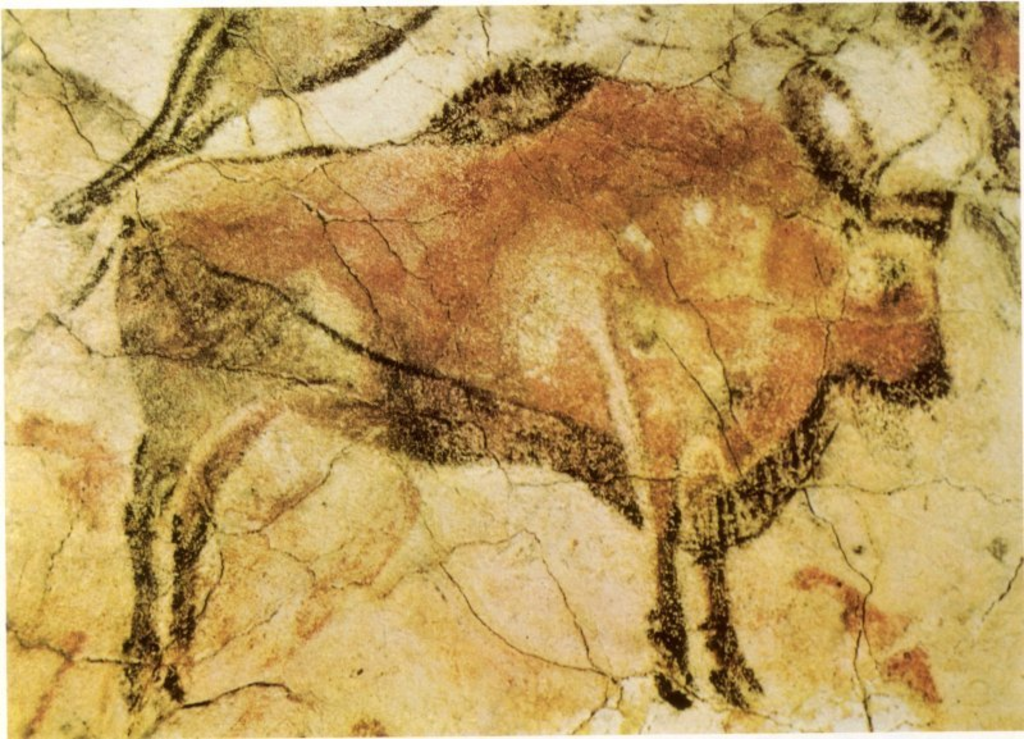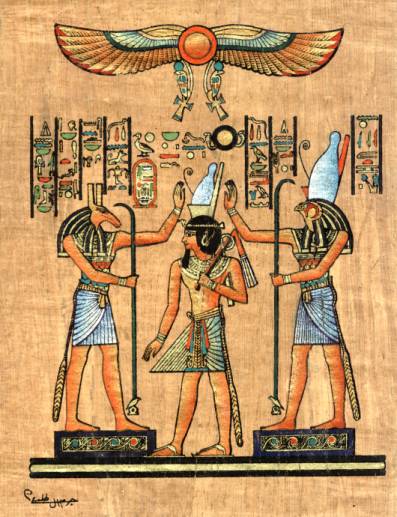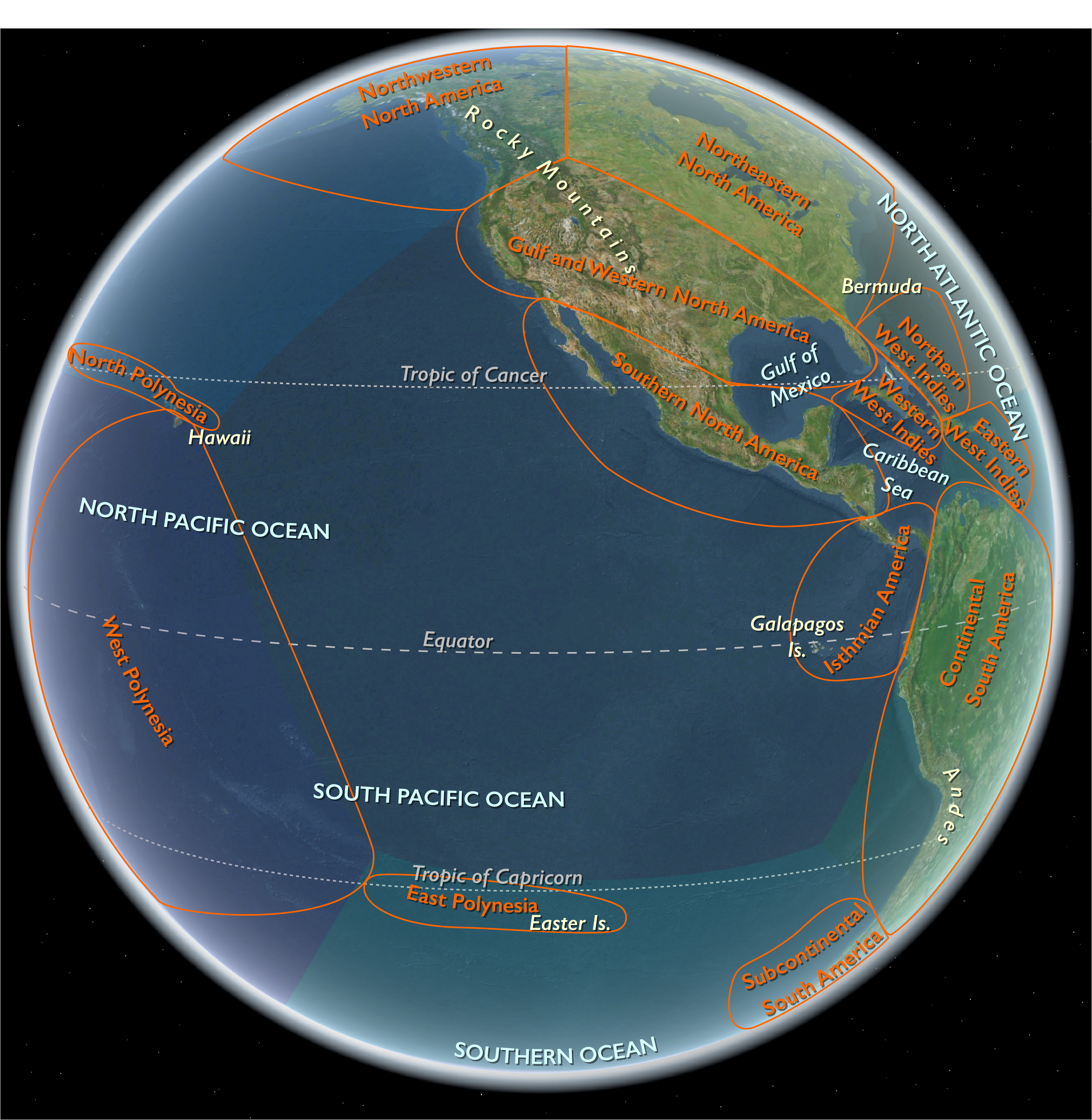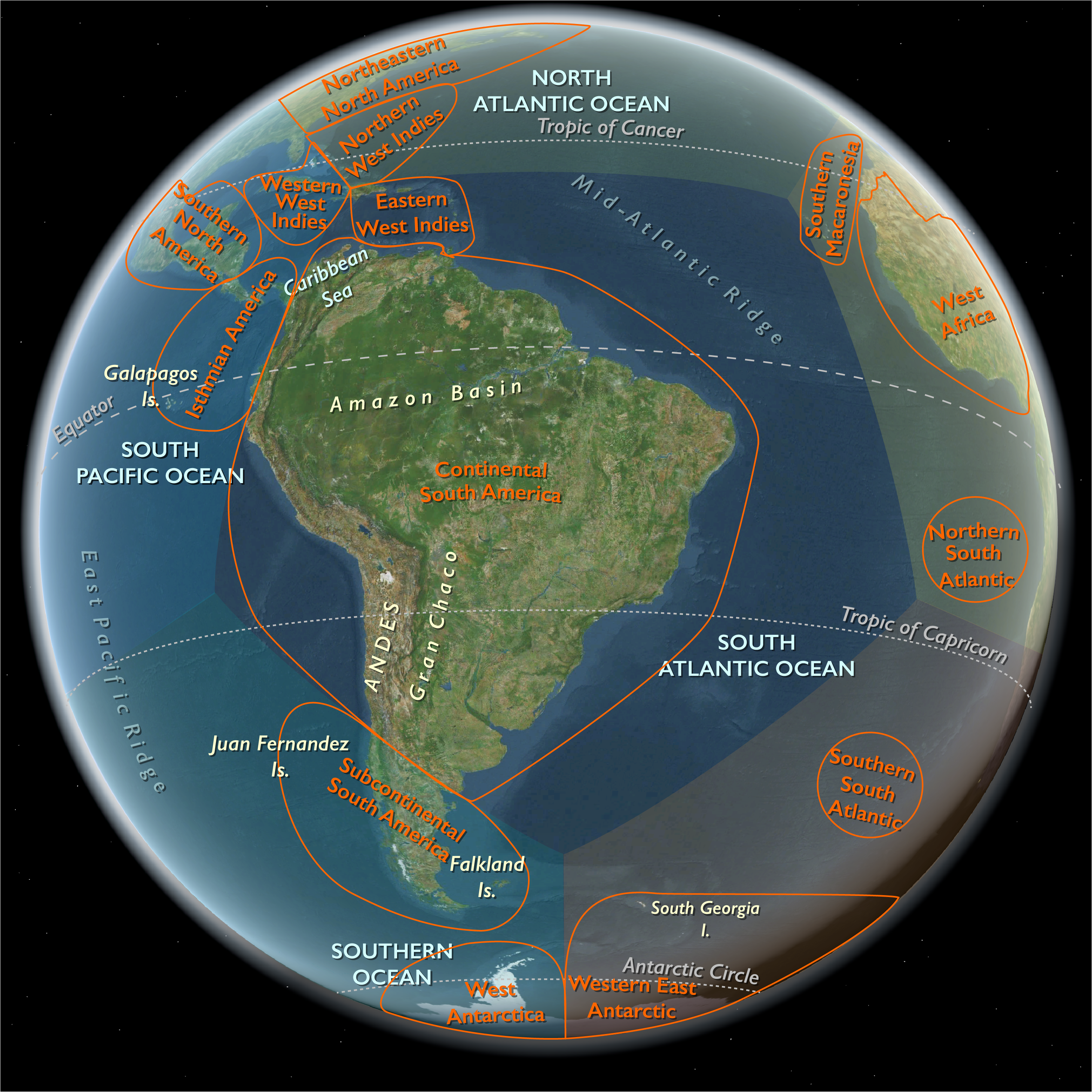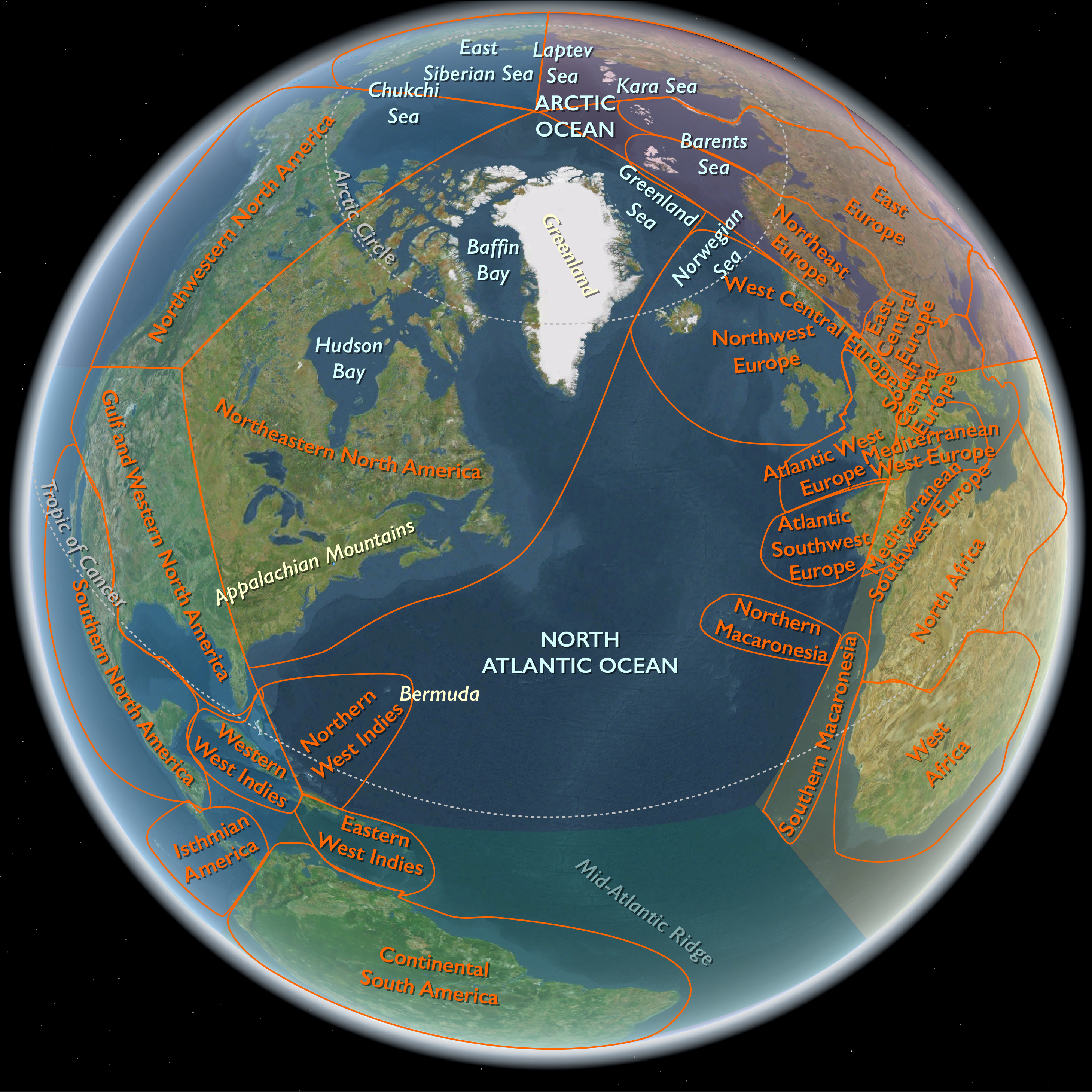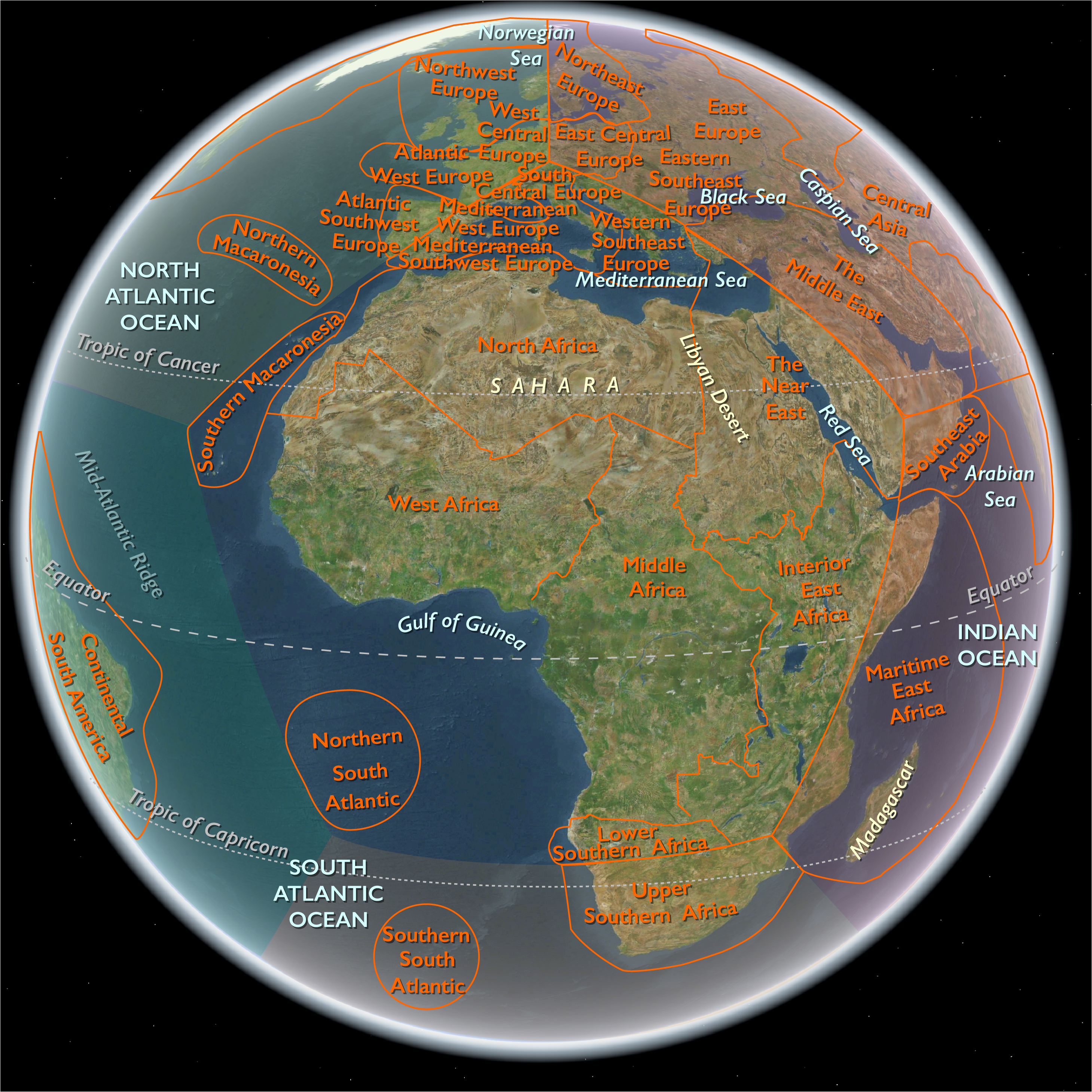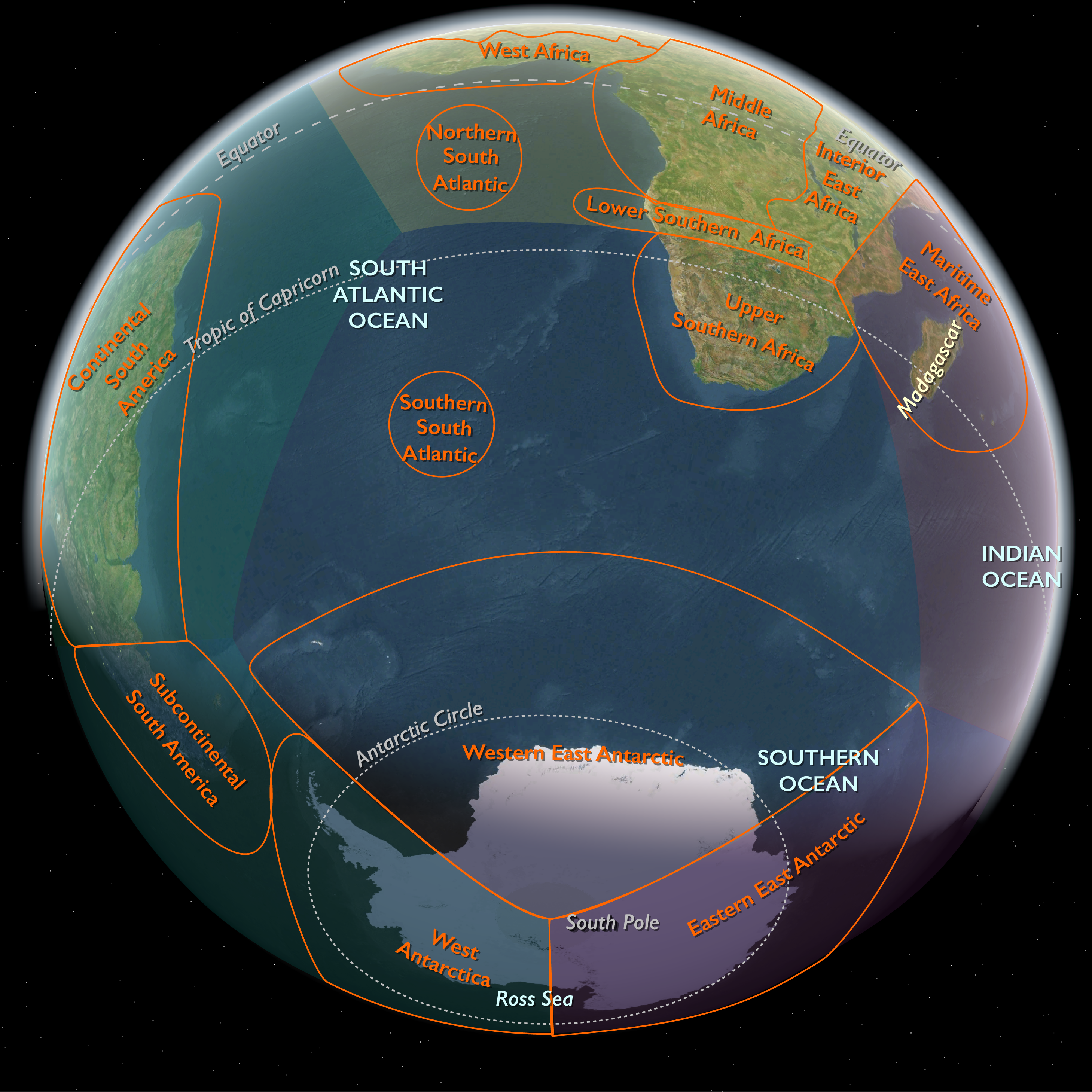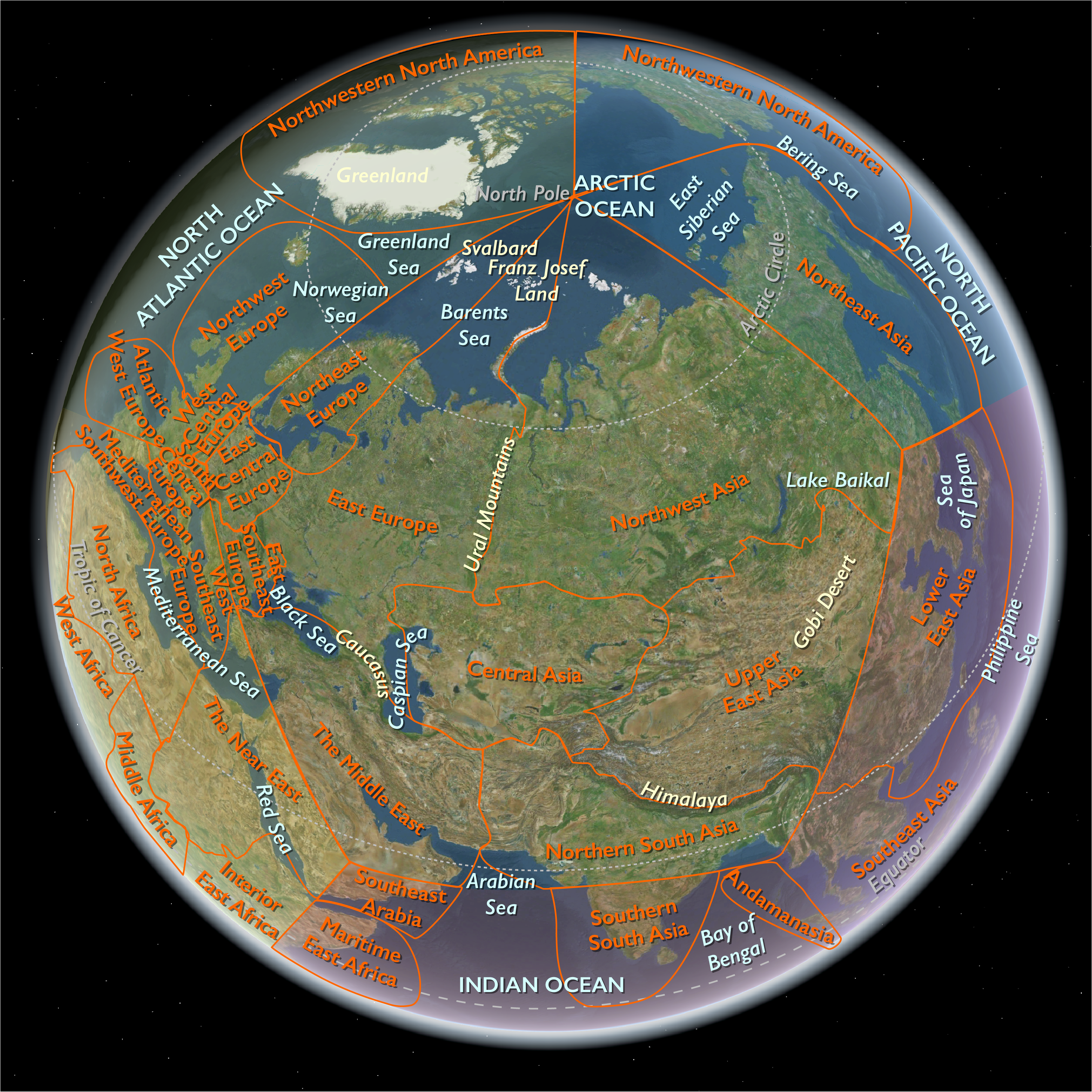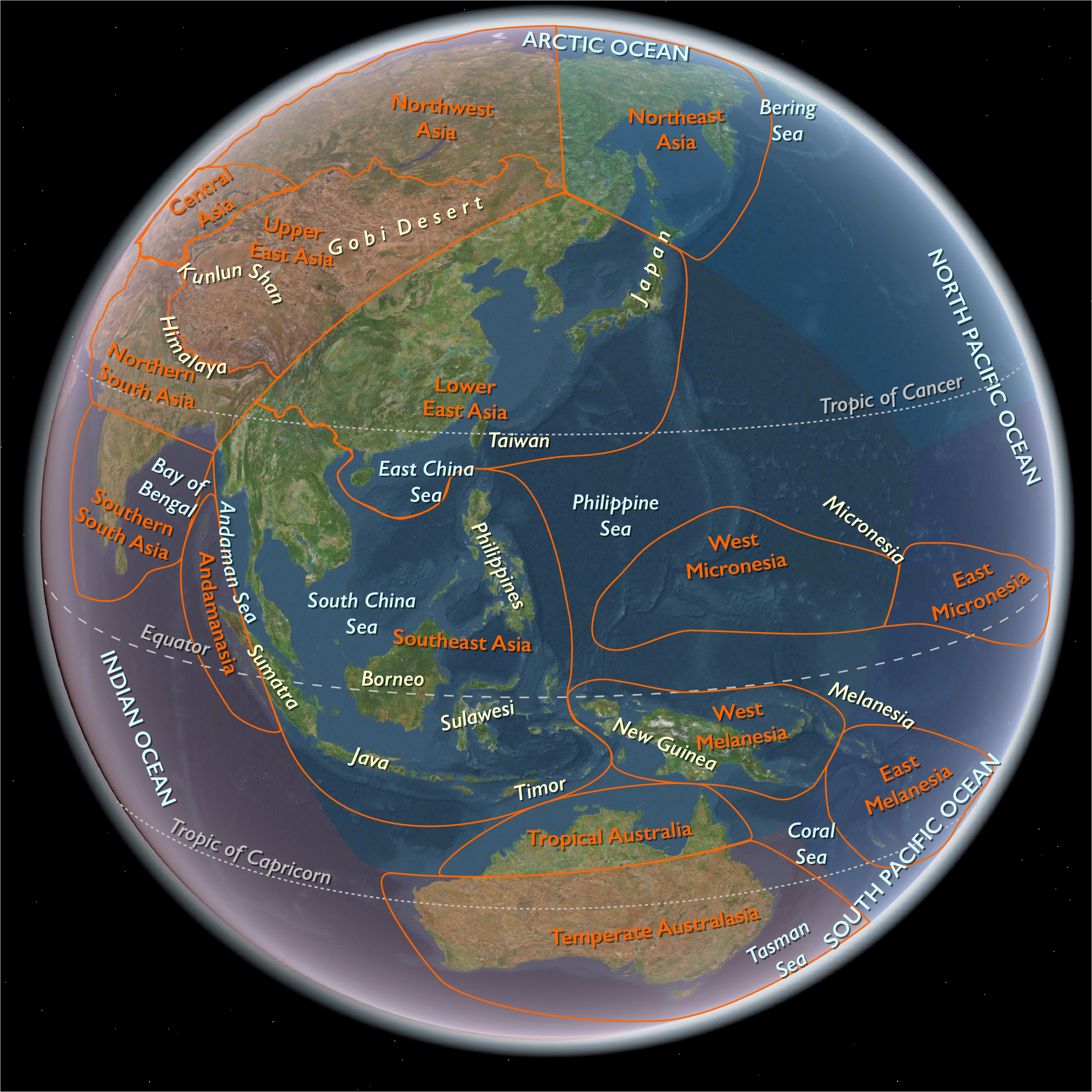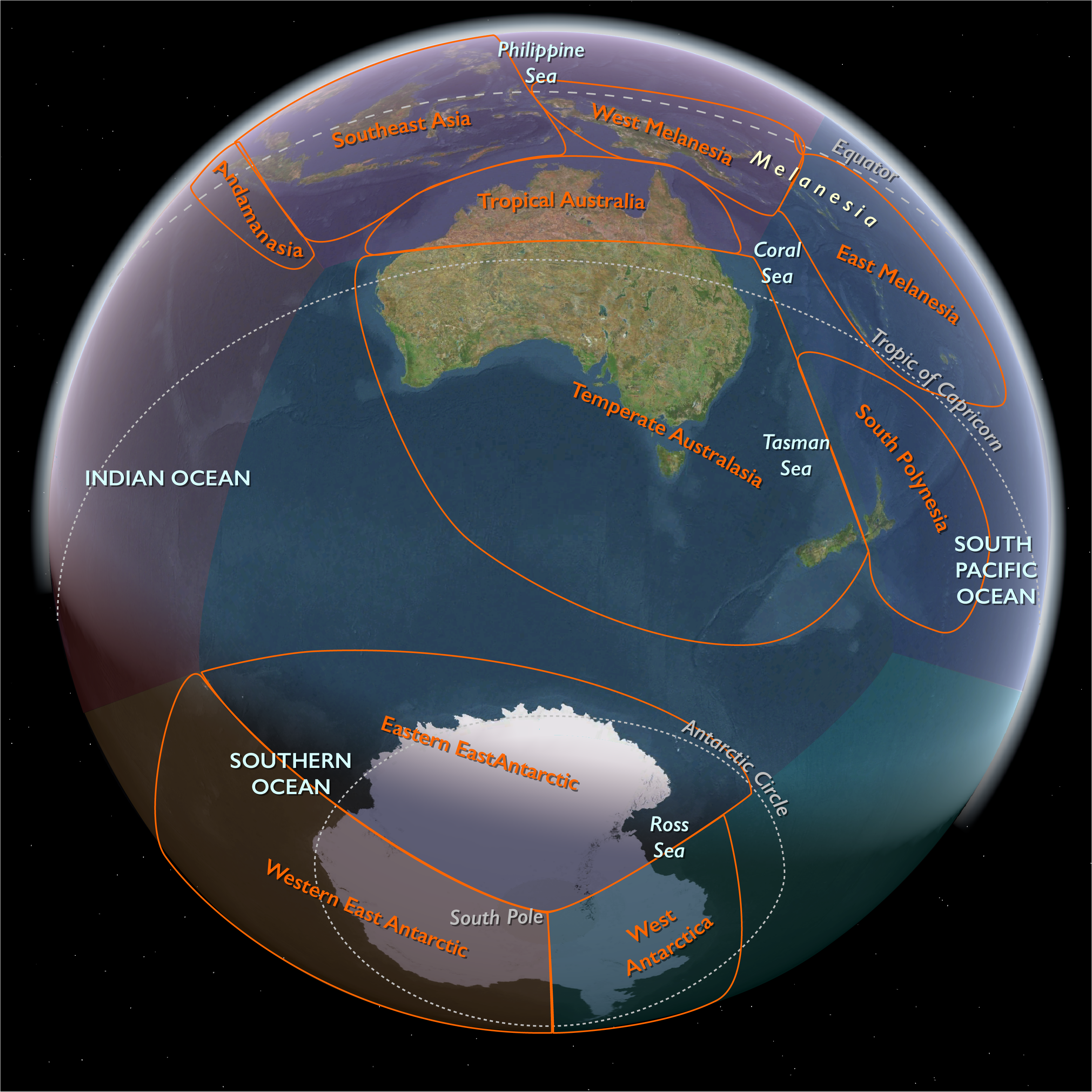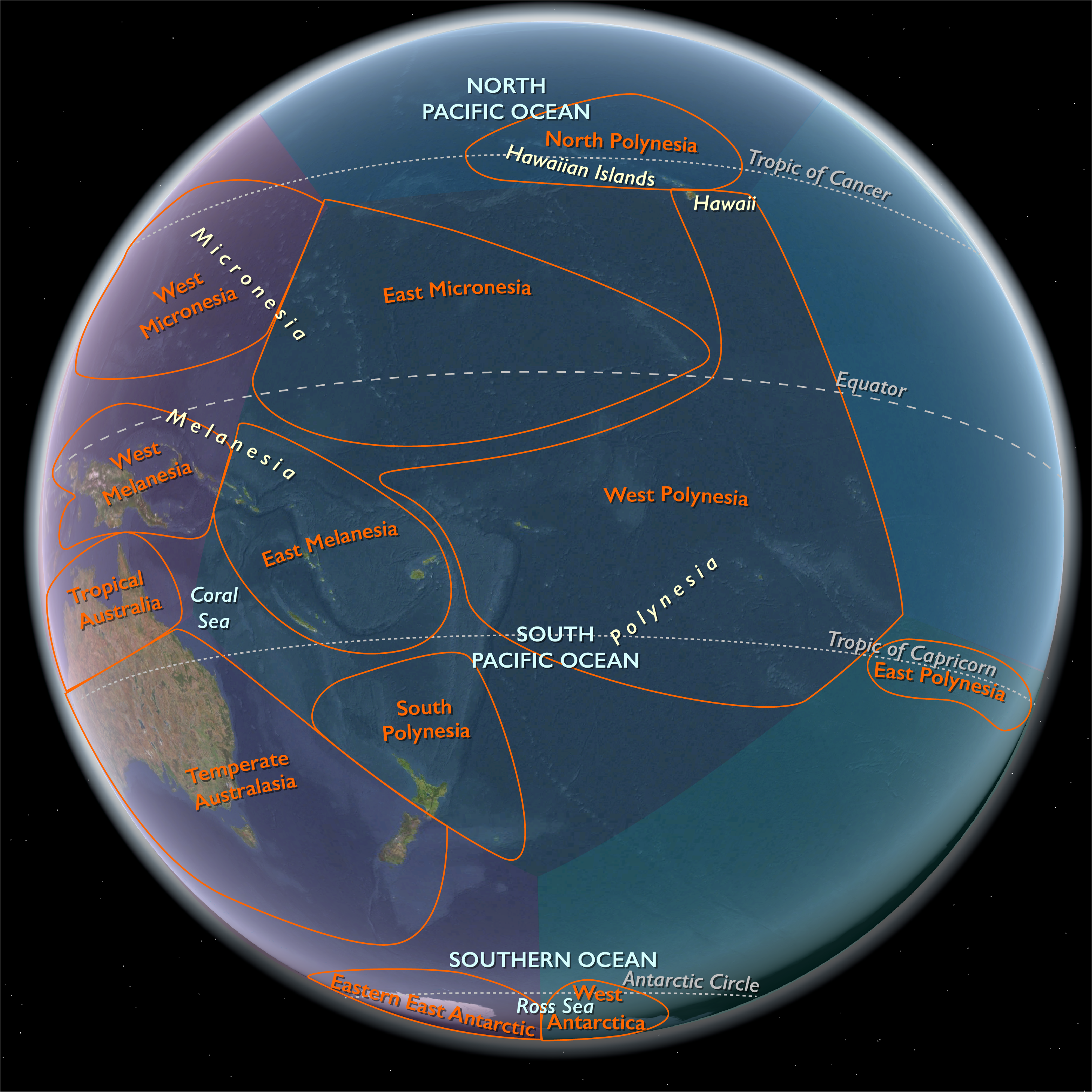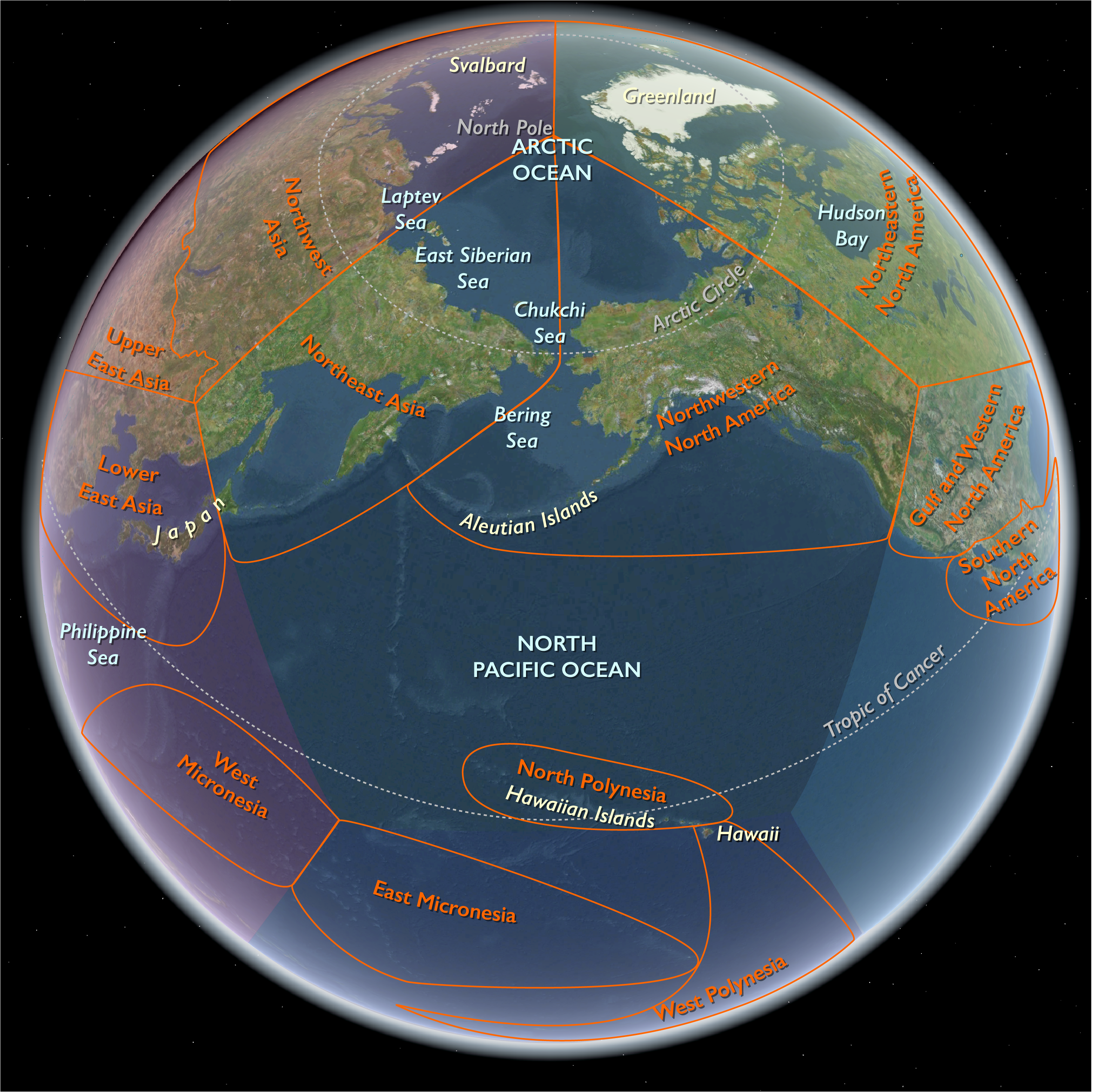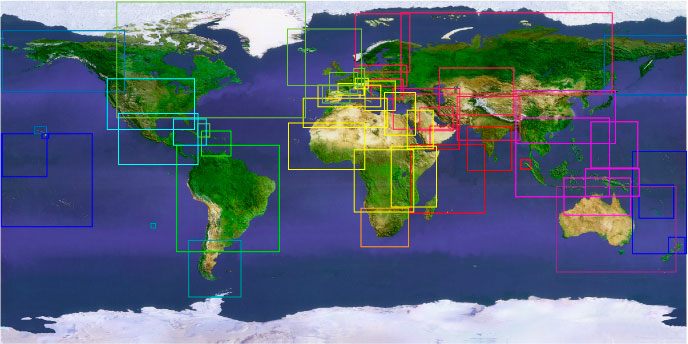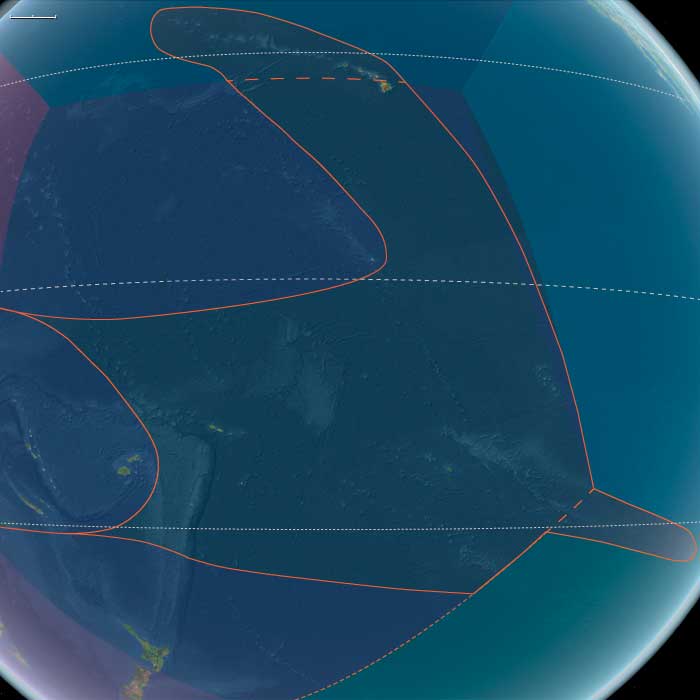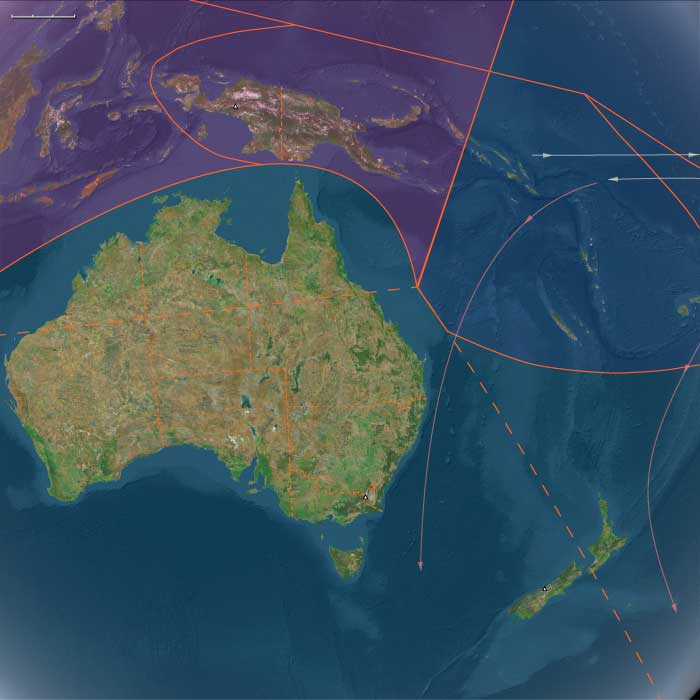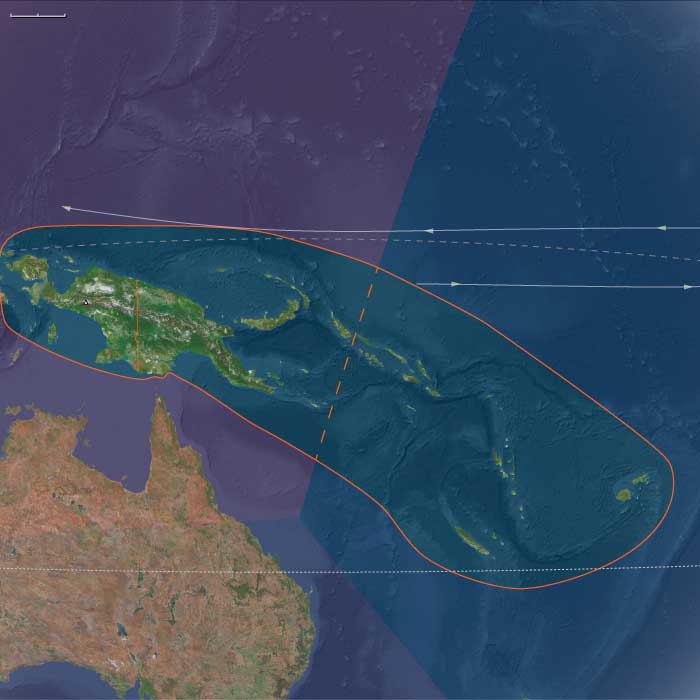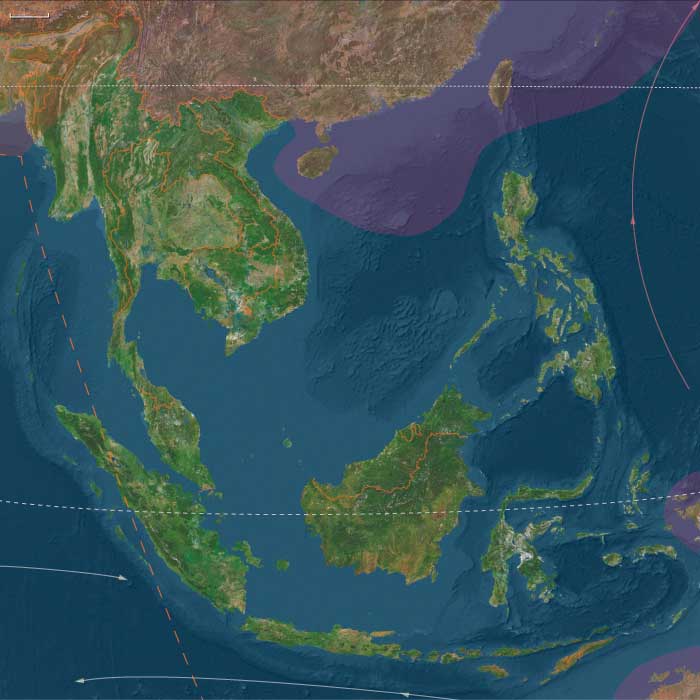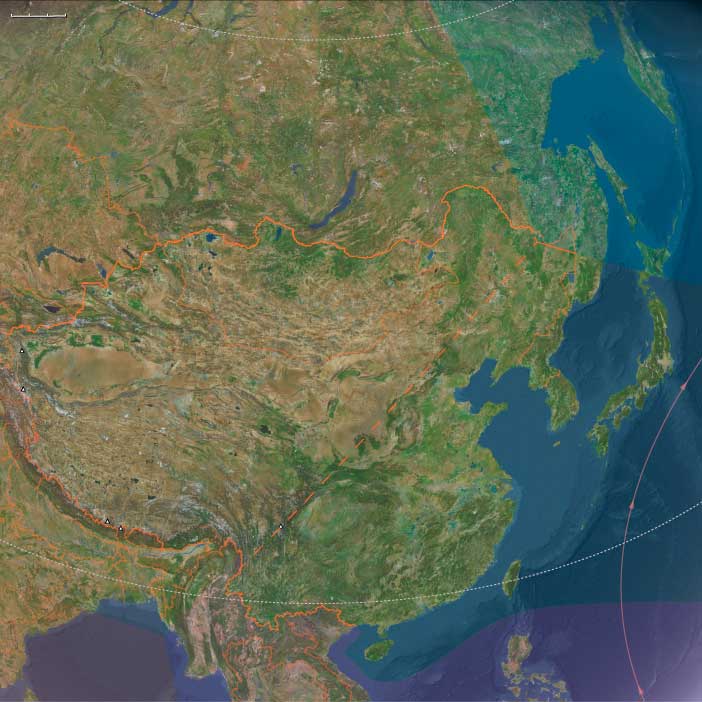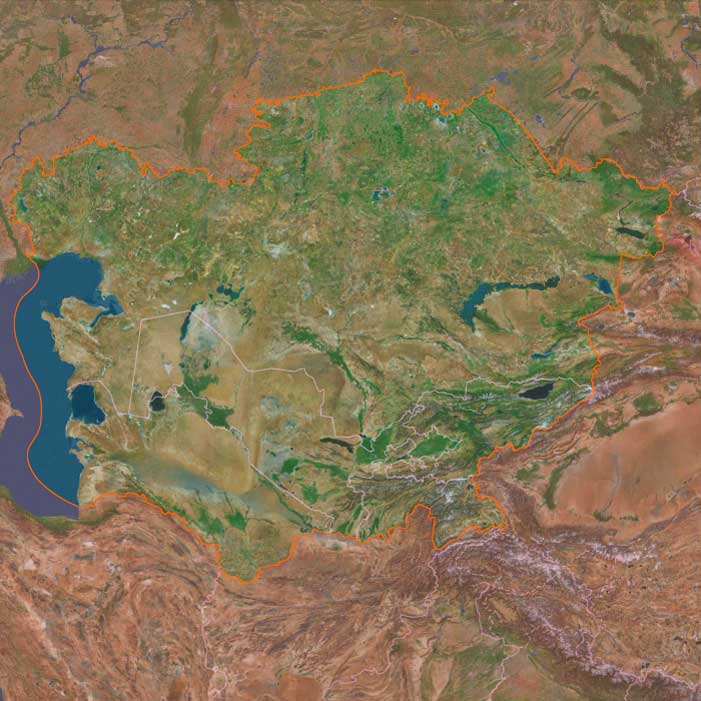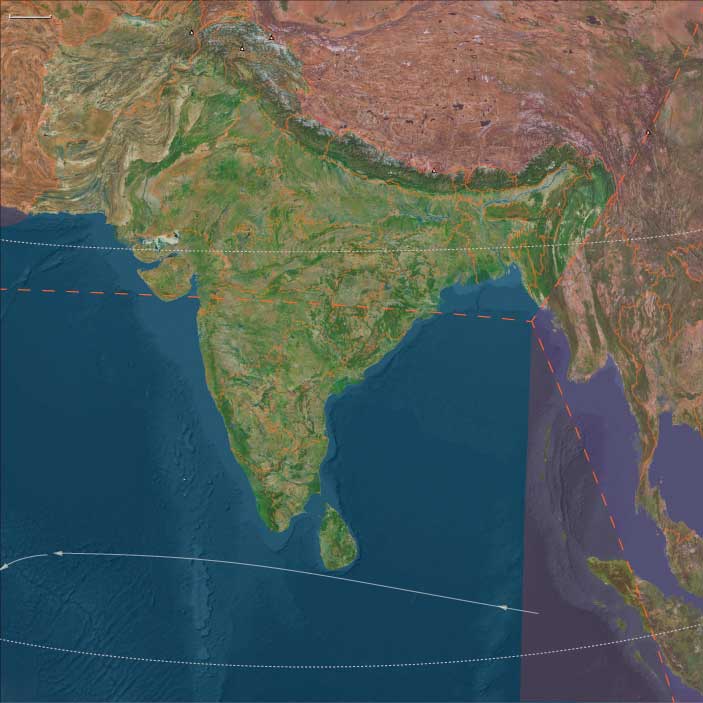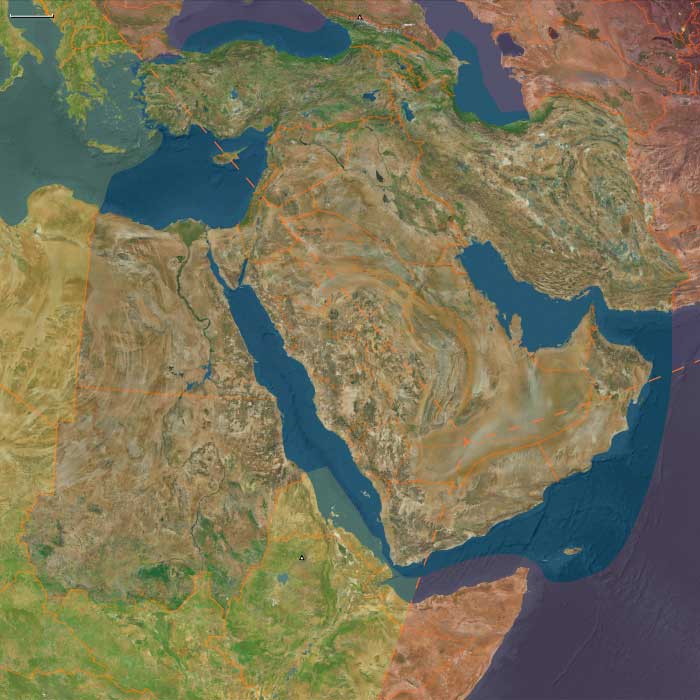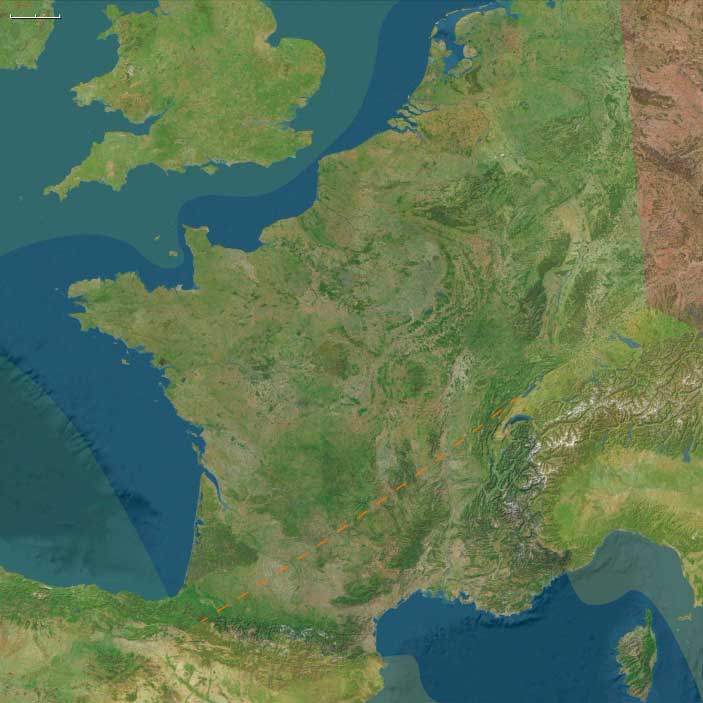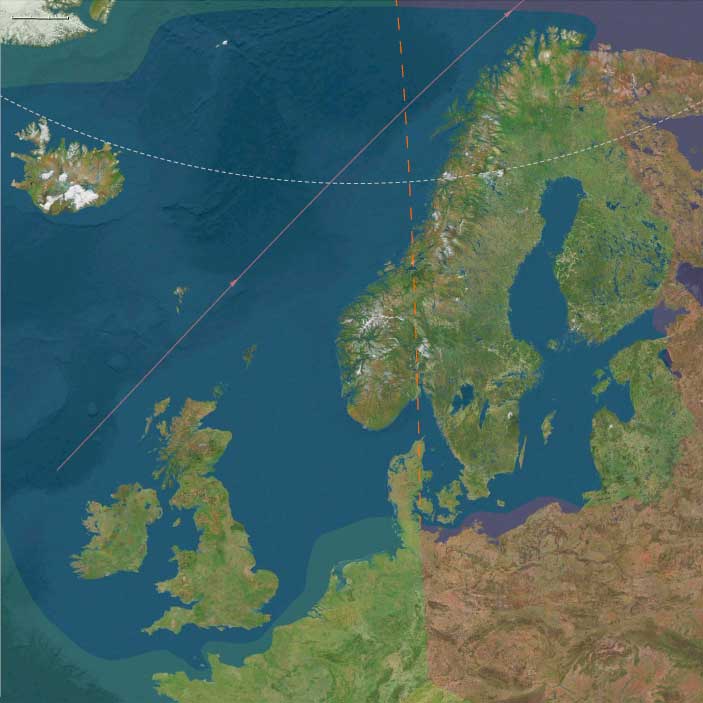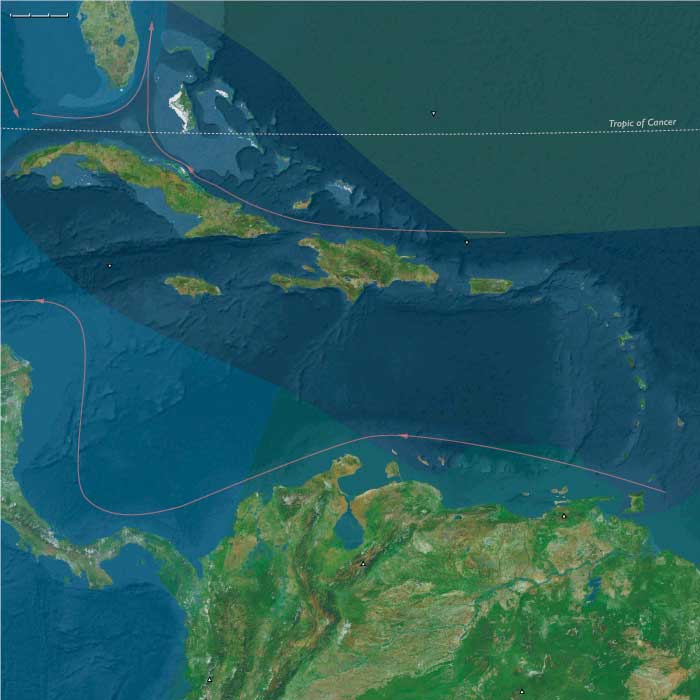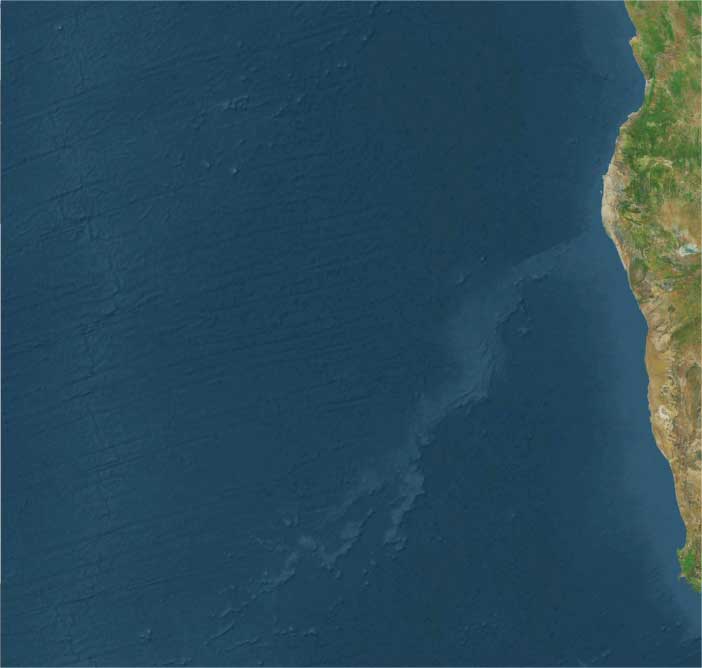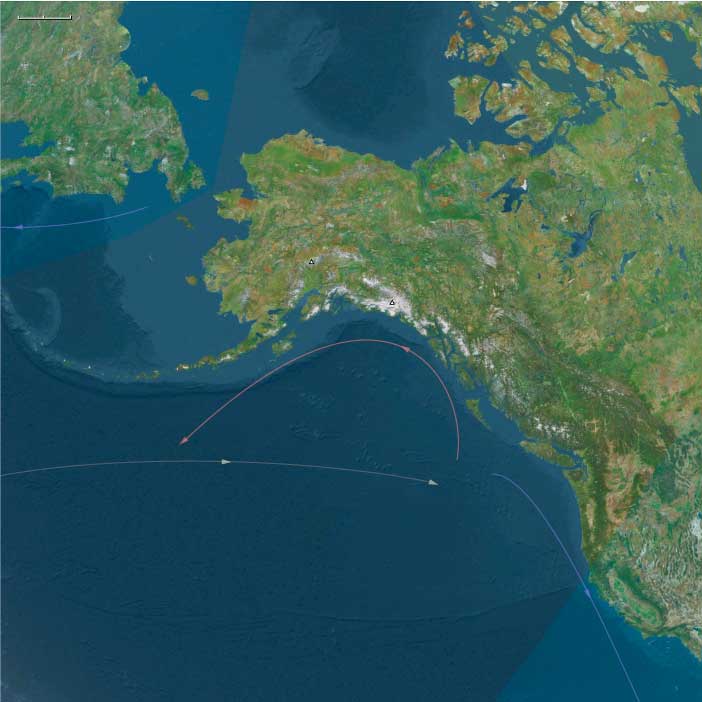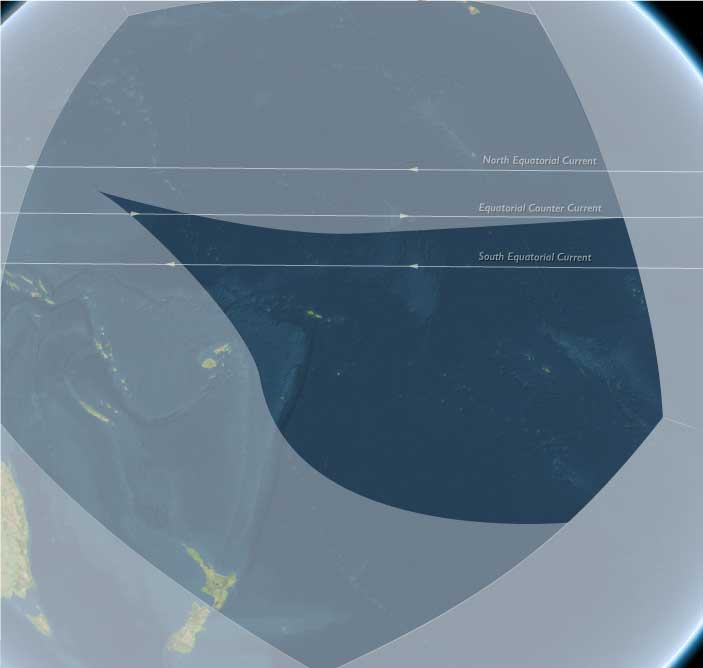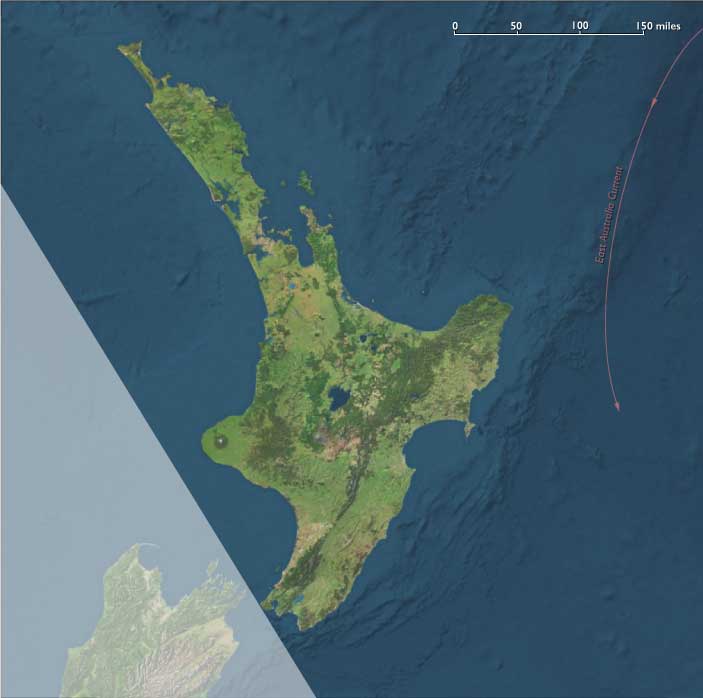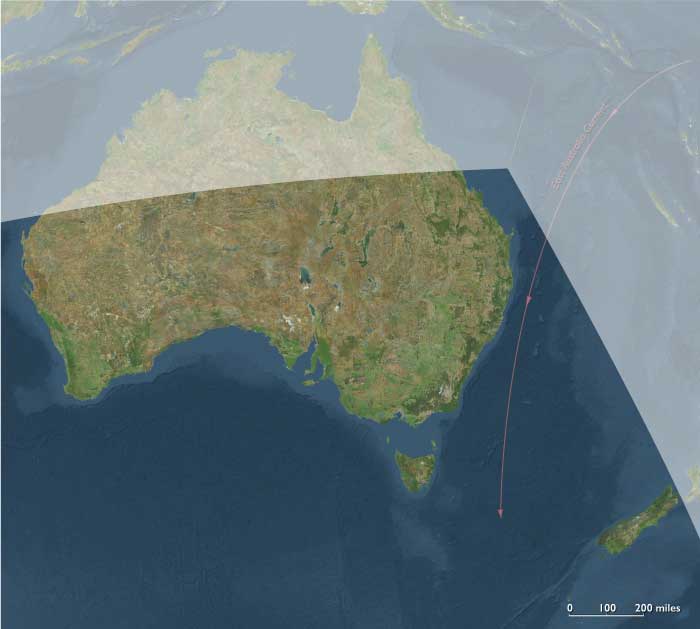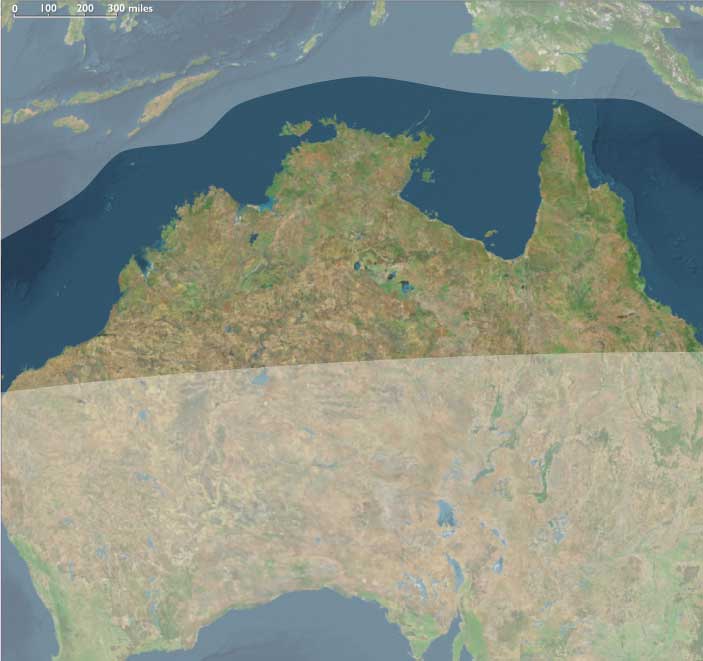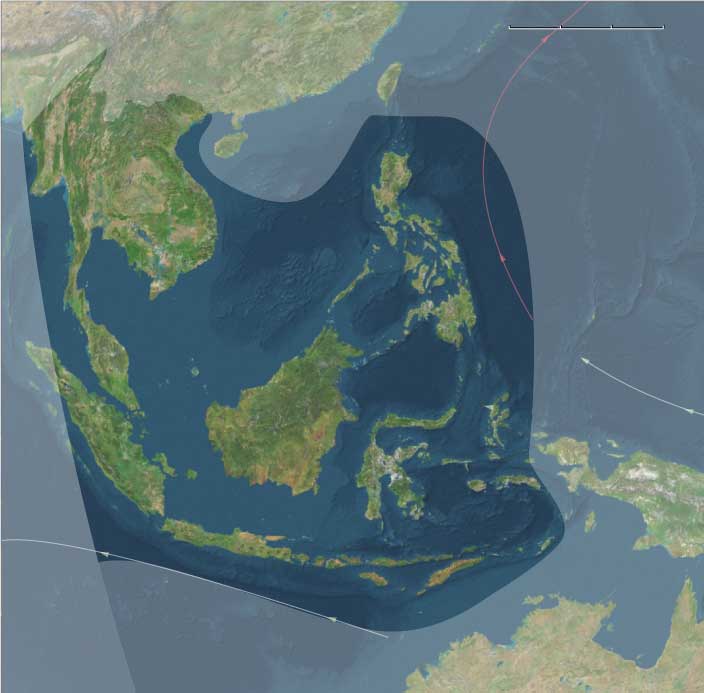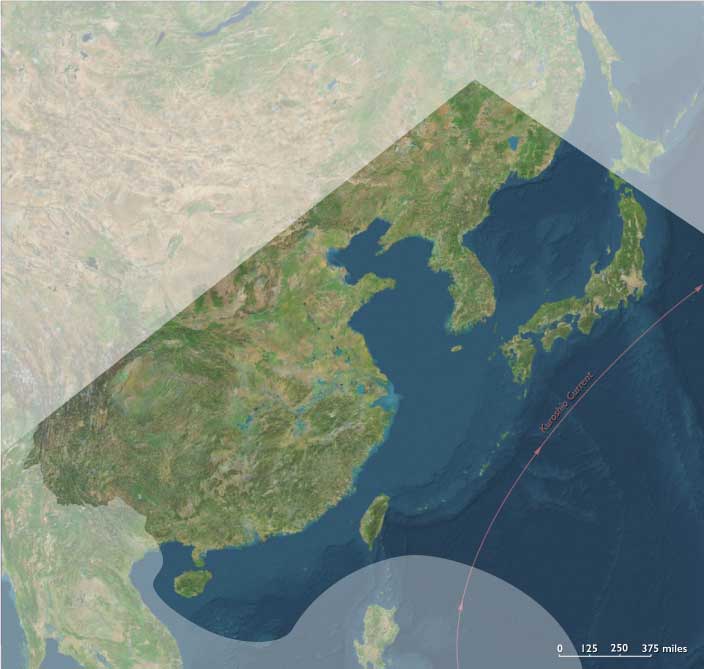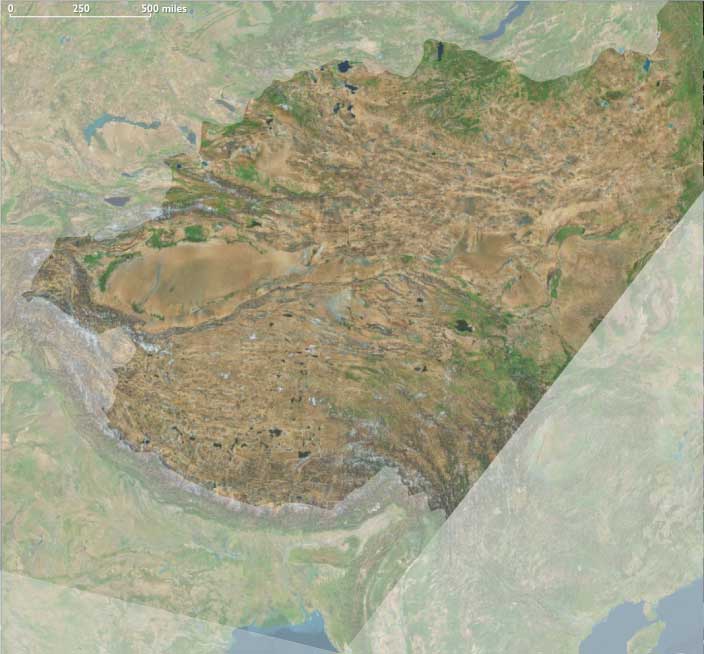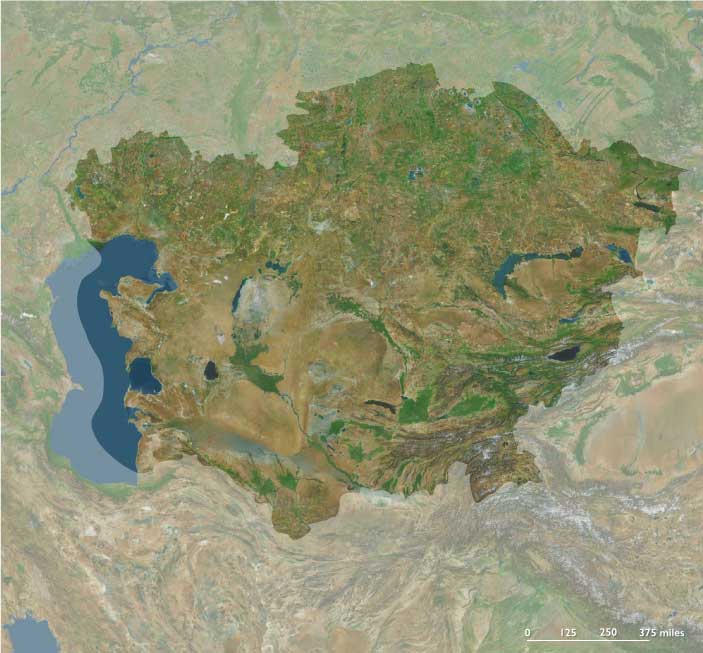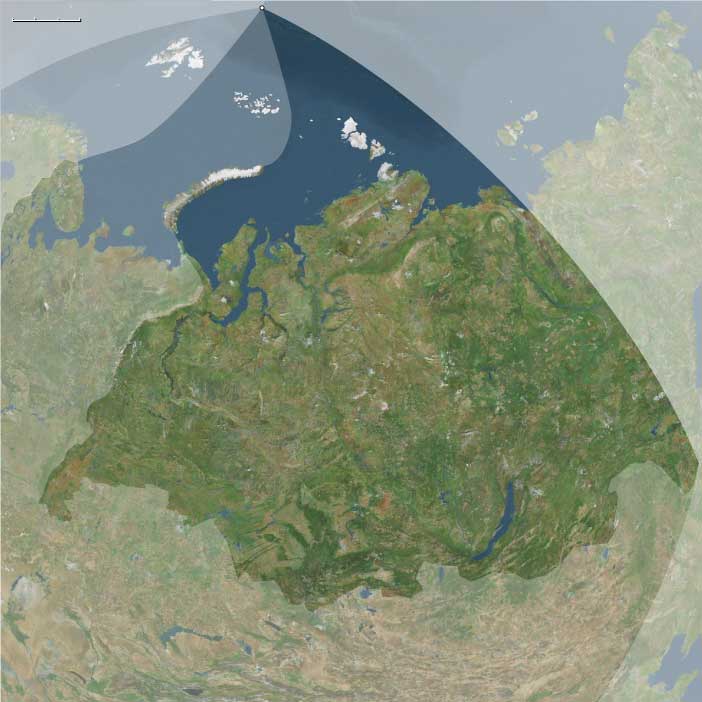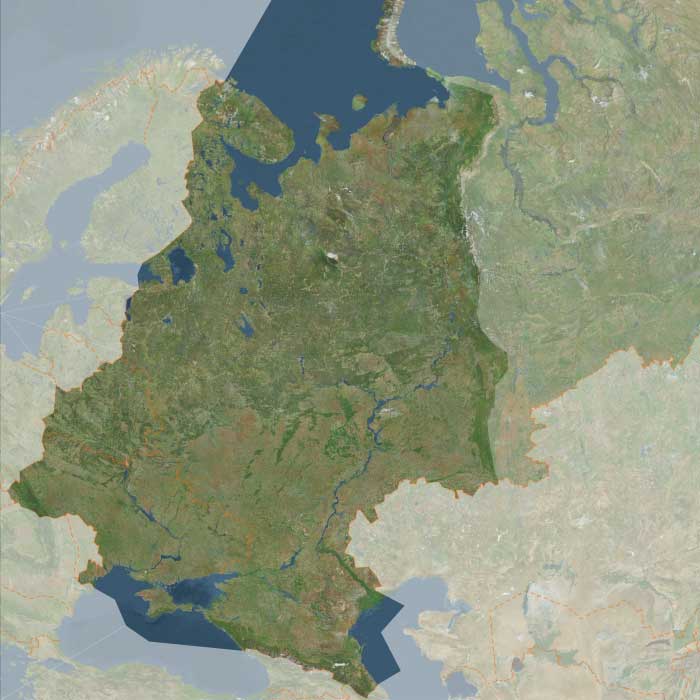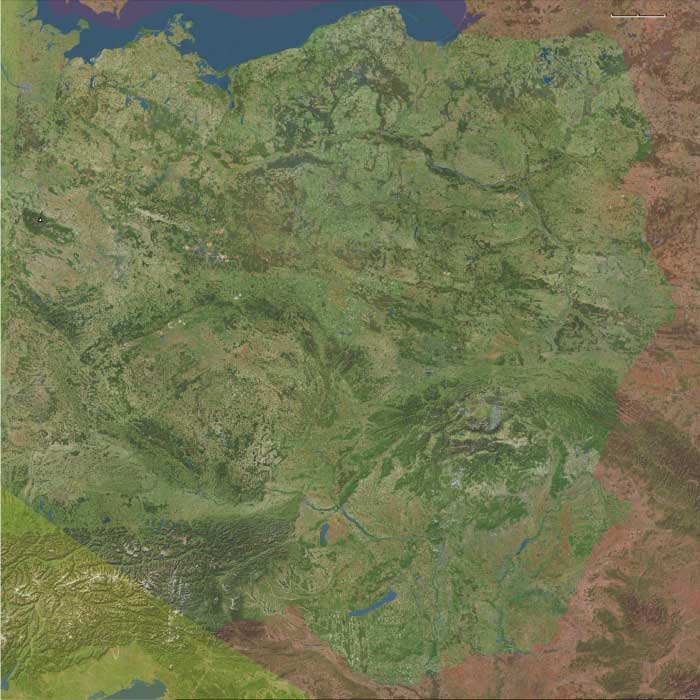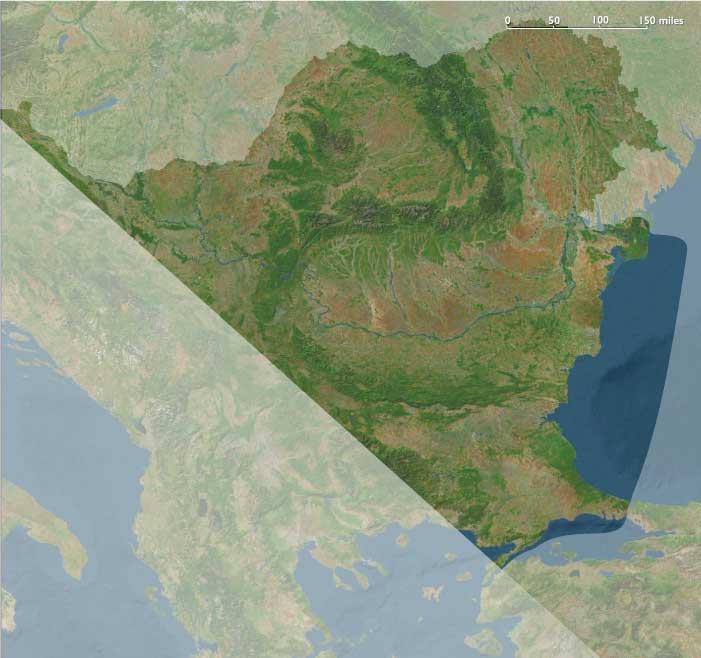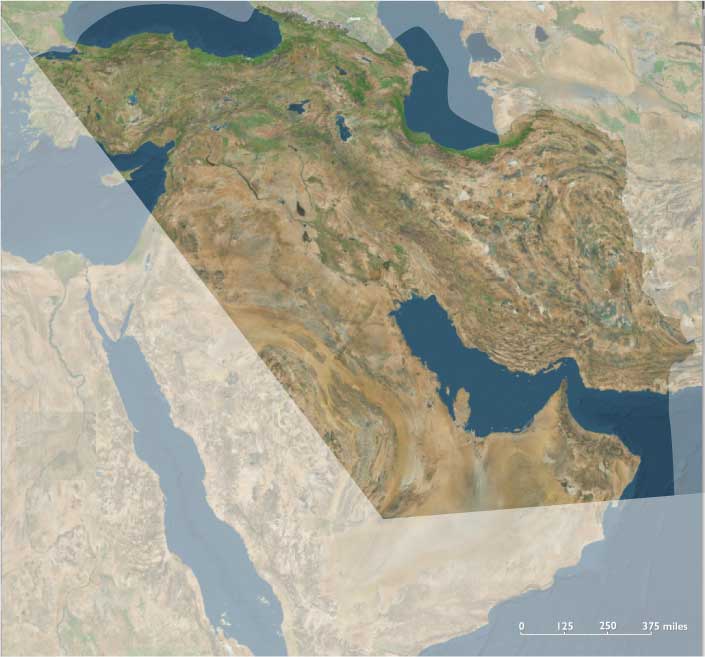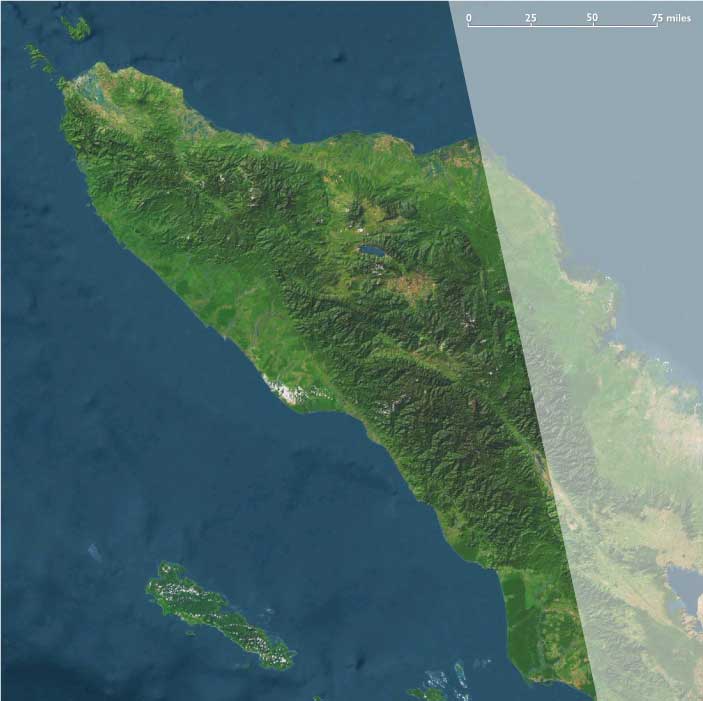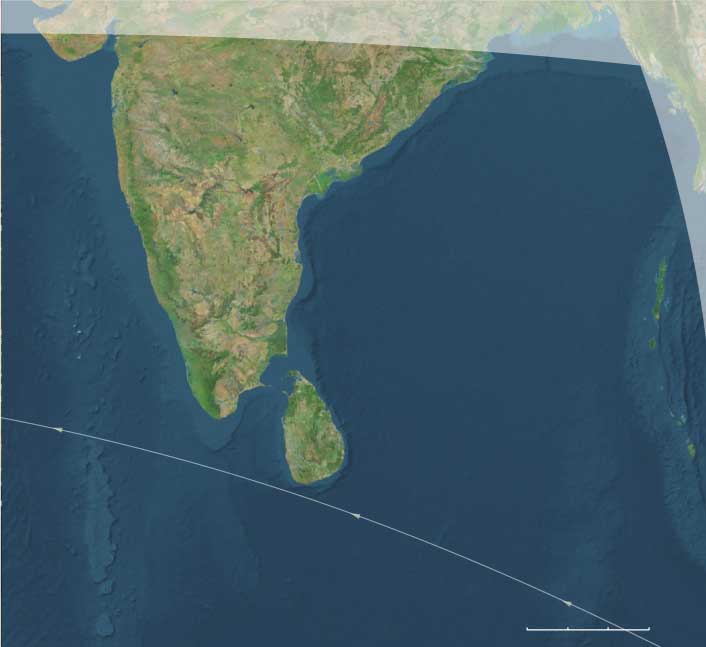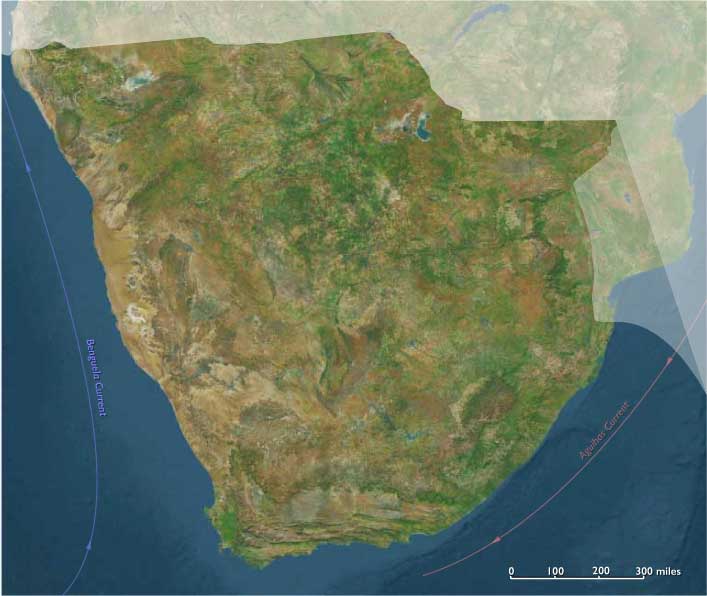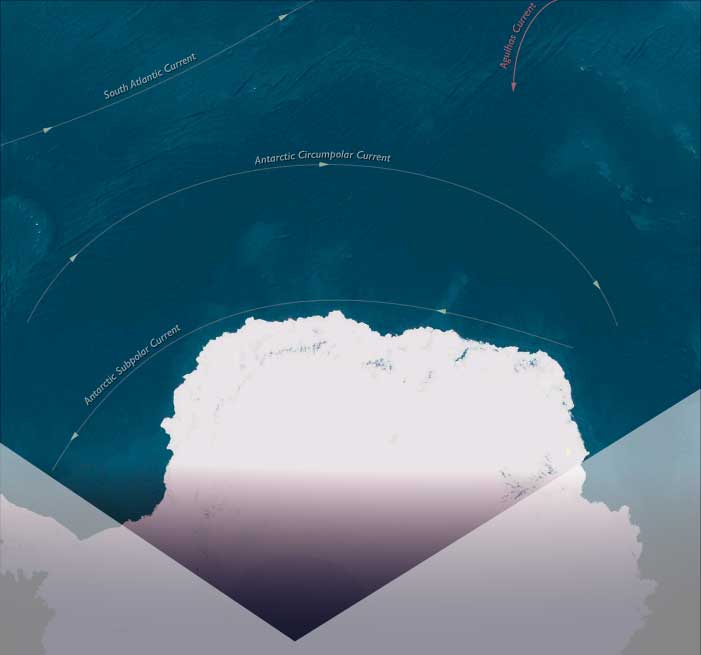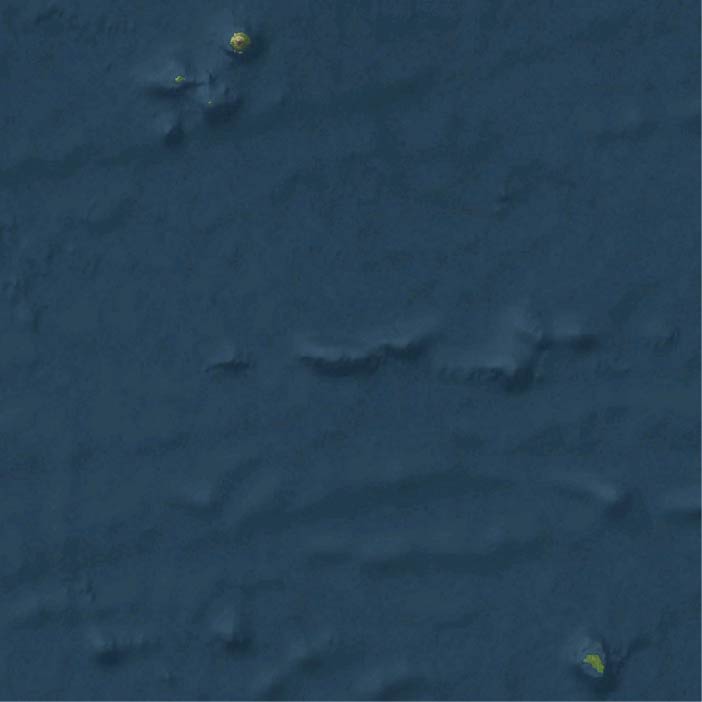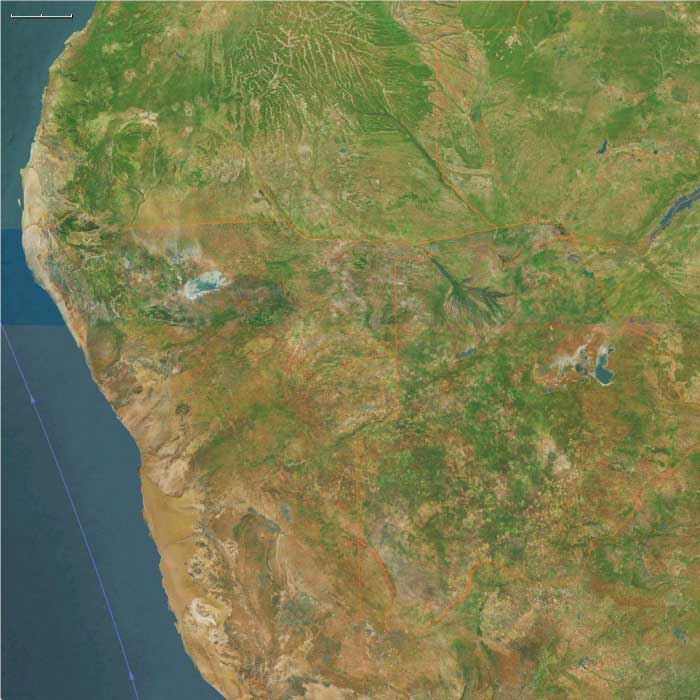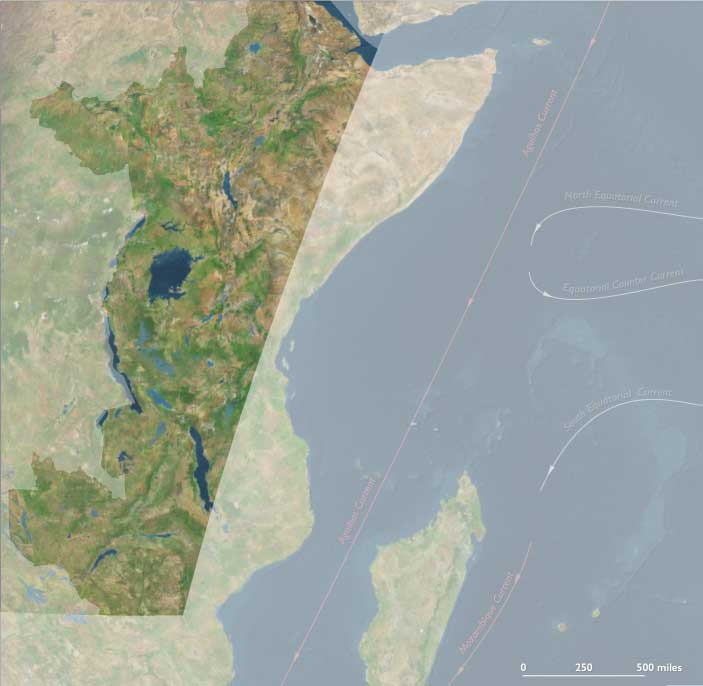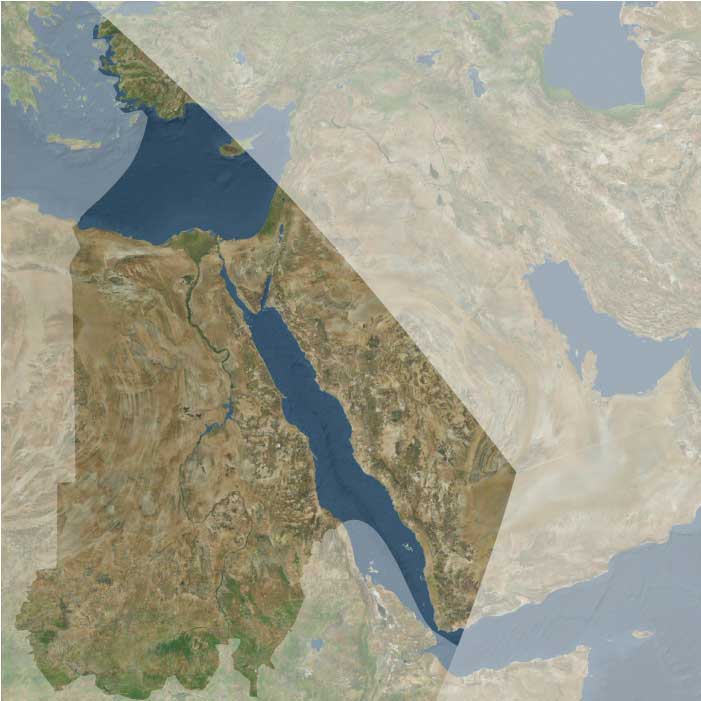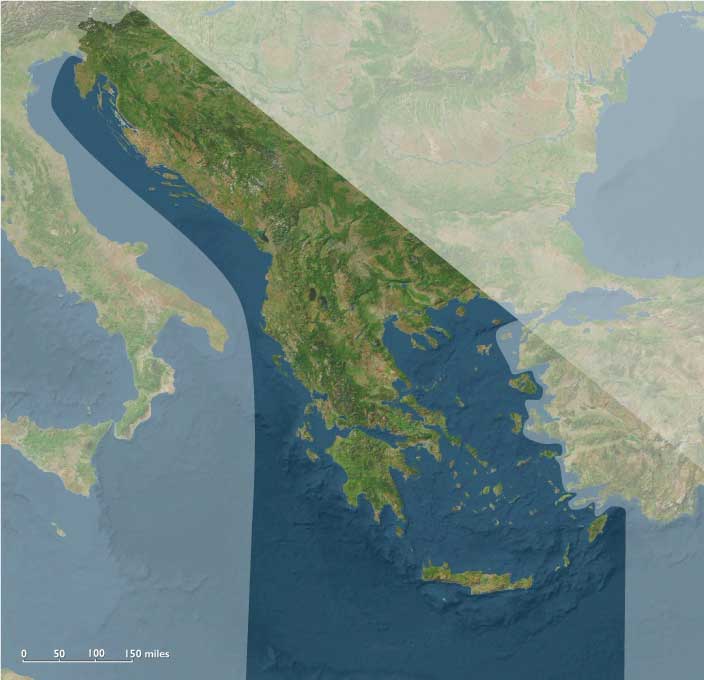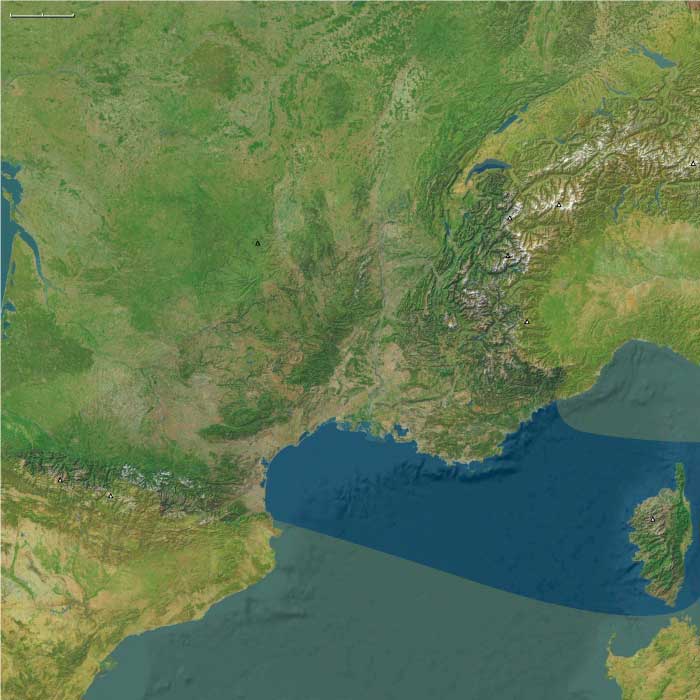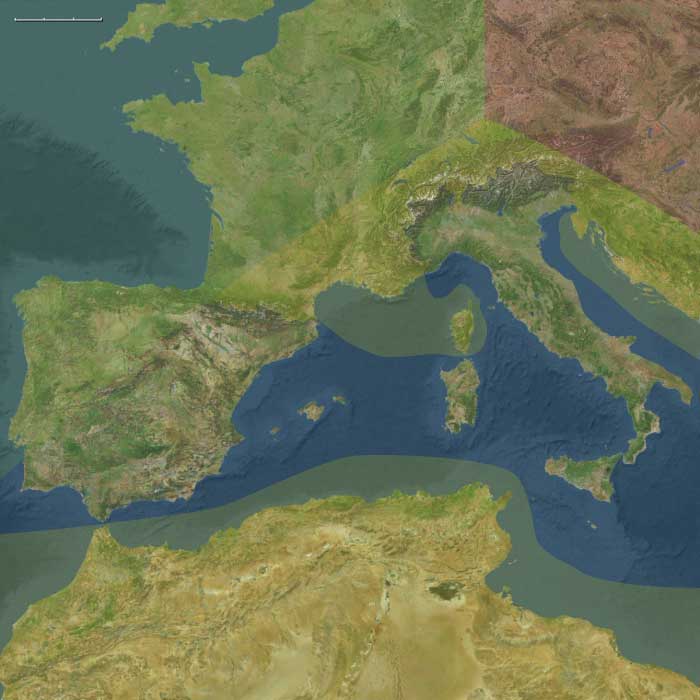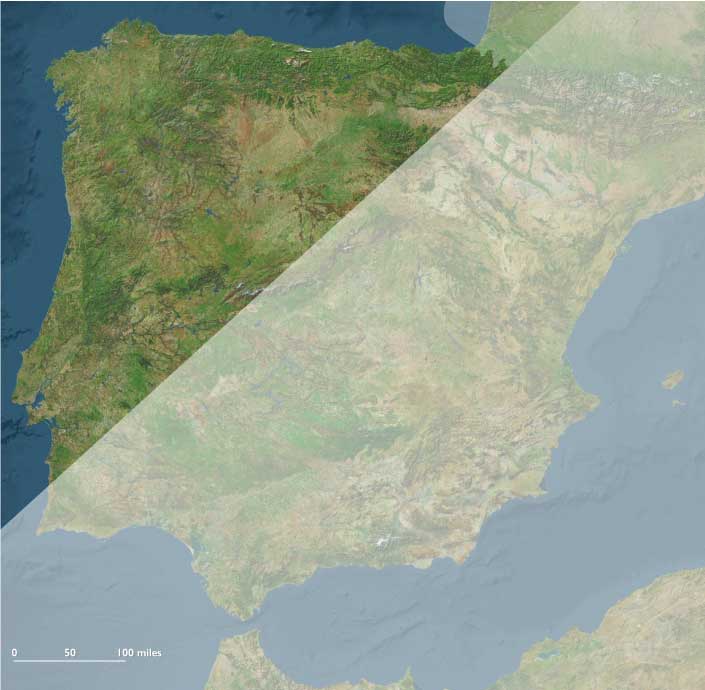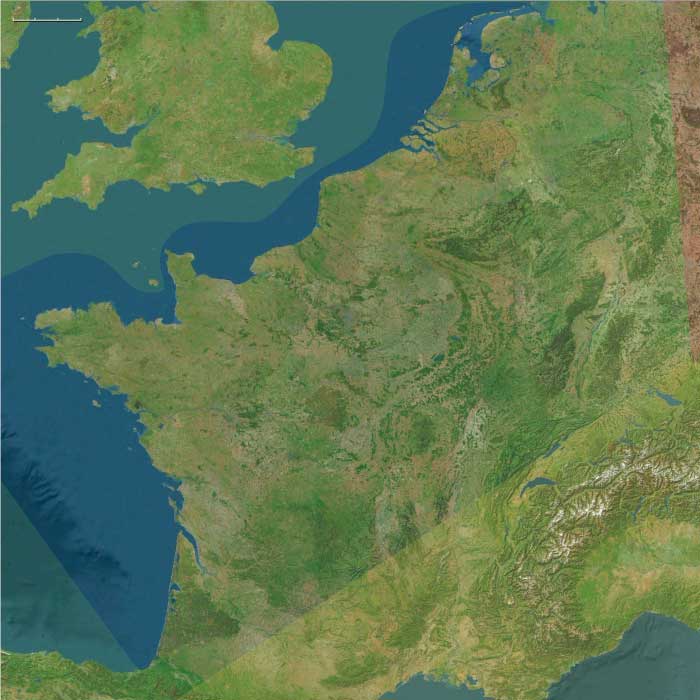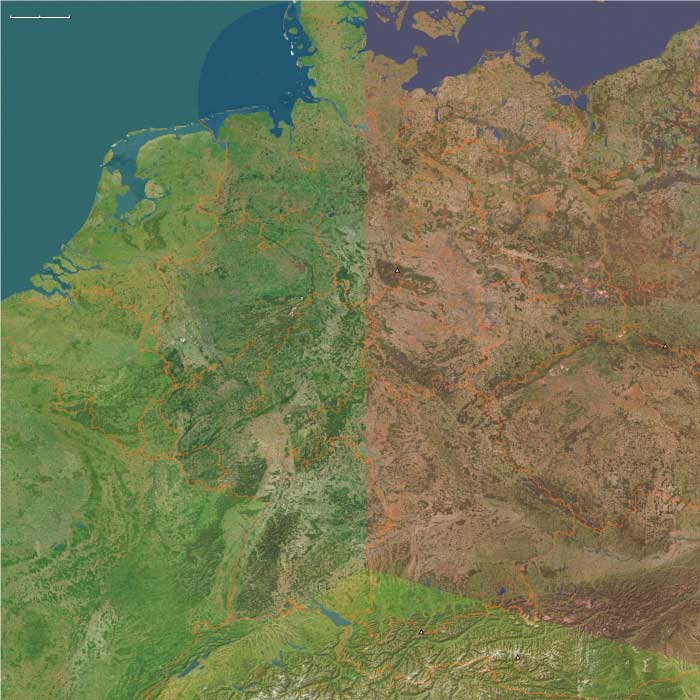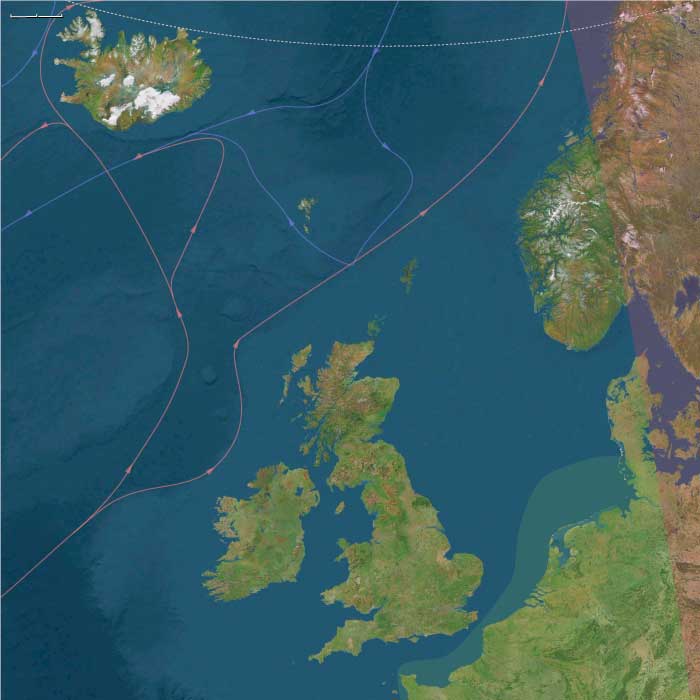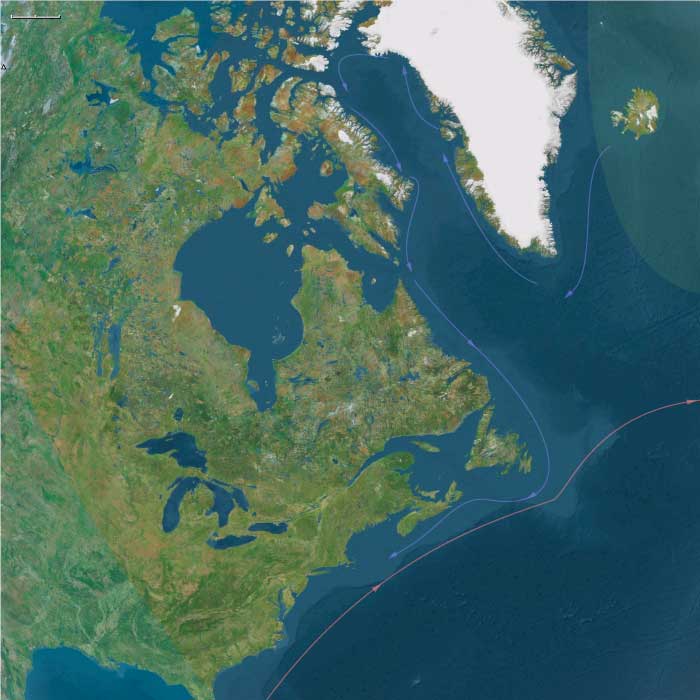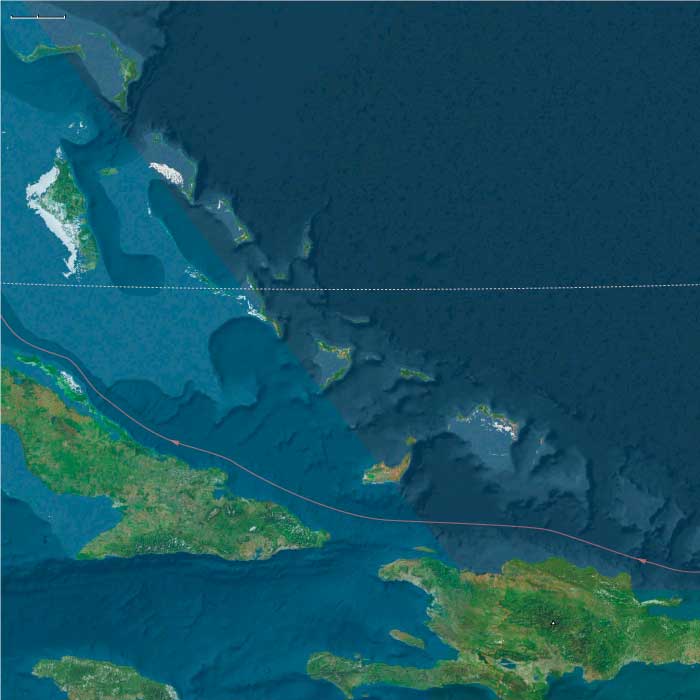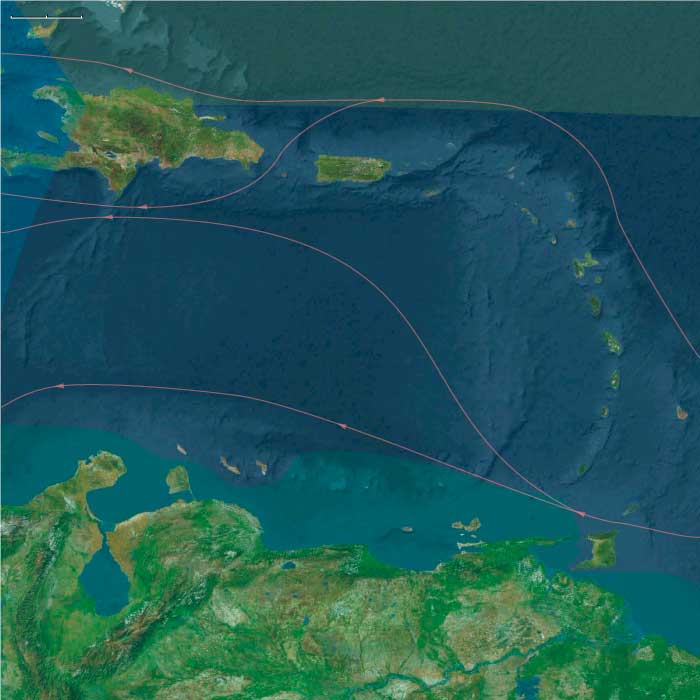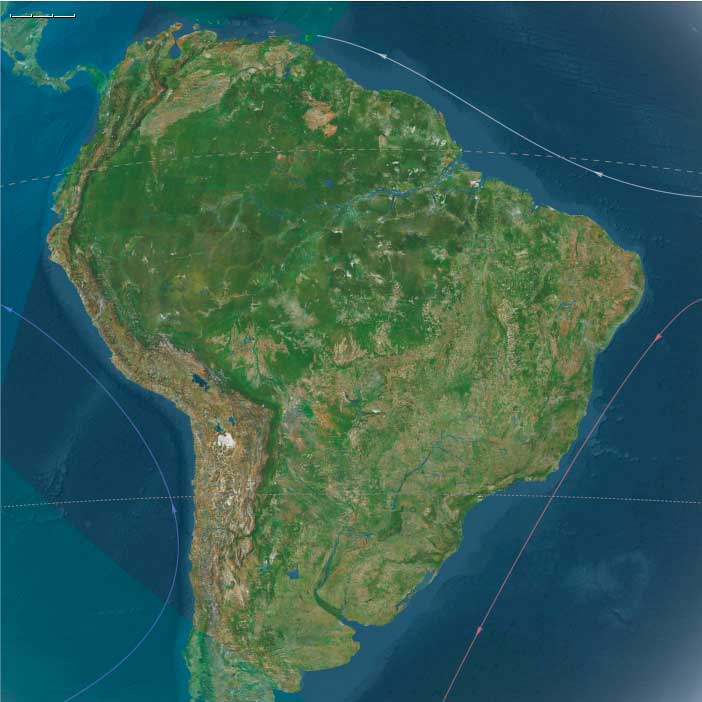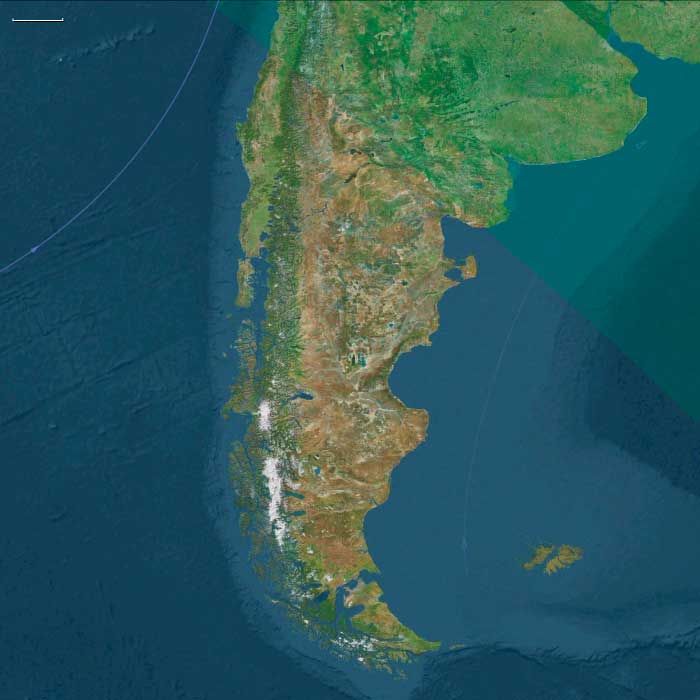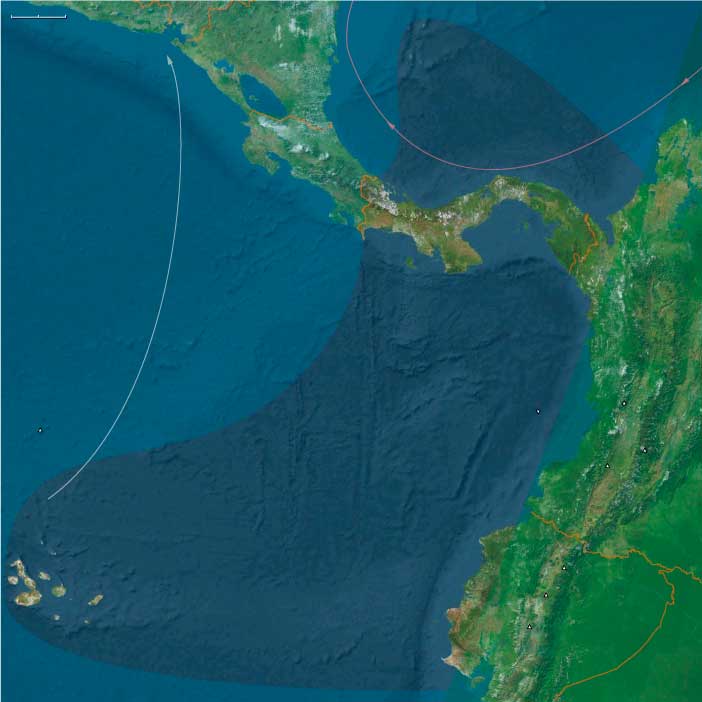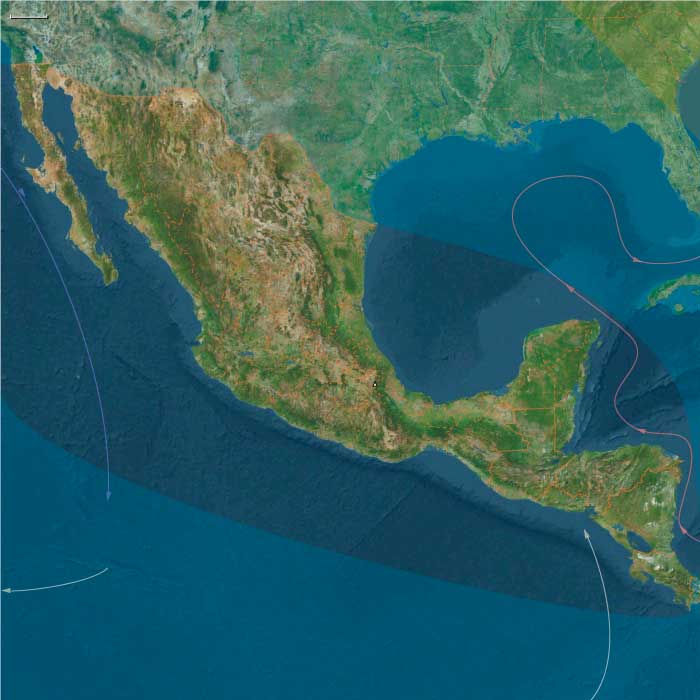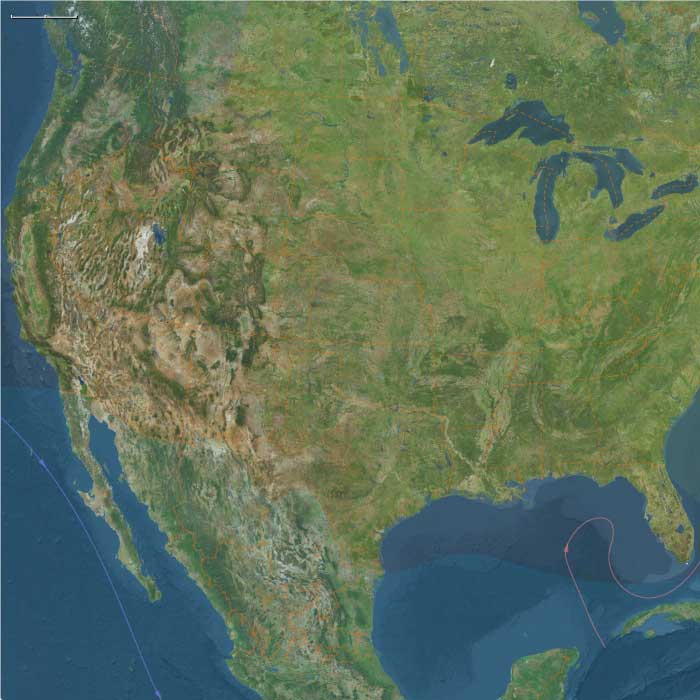Public health
Public health is the science and art of preventing disease, …
See MorePublic health is the science and art of preventing disease, prolonging life and improving quality of life through organized efforts and informed choices of society, organizations, public and private, communities and individuals".
Analyzing the determinants of health of a population and the threats it faces is the basis for public health.
The public can be as small as a handful of people or as large as a village or an entire city; in the case of a pandemic it may encompass several continents.
The concept of health takes into account physical, psychological, and social well-being.
As such, according to the World Health Organization, it is not merely the absence of disease or infirmity and more recently, a resource for everyday living.
Public health is an interdisciplinary field.
For example, epidemiology, biostatistics, social sciences and management of health services are all relevant.
Other important subfields include environmental health, community health, behavioral health, health economics, public policy, mental health, health education, occupational safety, gender issues in health, and sexual and reproductive health.
Public health aims to improve the quality of life through prevention and treatment of disease, including mental health.
This is done through the surveillance of cases and health indicators, and through the promotion of healthy behaviors.
Common public health initiatives include promotion of handwashing and breastfeeding, delivery of vaccinations, suicide prevention, and distribution of condoms to control the spread of sexually transmitted diseases.
Modern public health practice requires multidisciplinary teams of public health workers and professionals.
Teams might include epidemiologists, biostatisticians, medical assistants, public health nurses, midwives, medical microbiologists, economists, sociologists, geneticists, data managers, and physicians.
Depending on the need, environmental health officers or public health inspectors, bioethicists, and even veterinarians, gender experts, or sexual and reproductive health specialists might be called on.
Like in other nations, access to health care and public health initiatives are difficult challenges in developing countries.
Public health infrastructures are still forming in those countries.
See LessDecorative arts
The decorative arts are arts or crafts concerned with the …
See MoreThe decorative arts are arts or crafts concerned with the design and manufacture of beautiful objects that are also functional.
It includes interior design, but not usually architecture.
The decorative arts are often categorized in opposition to the "fine arts", namely, painting, drawing, photography, and large-scale sculpture, which generally have no function other than to be seen, in contrast to jewelry design, metalsmithing, mosaic work, furniture design, clockmaking, and tapestry weaving.
See LessFaith
Faith, derived from Latin fides and Old French feid, …
See MoreFaith, derived from Latin fides and Old French feid, is confidence or trust in a person, thing, or concept.[
In the context of religion, one can define faith as confidence or trust in a particular system of religious belief.
Religious people often think of faith as confidence based on a perceived degree of warrant, while others who are more skeptical of religion tend to think of faith as simply belief without evidence.
See LessScience
Science (from Latin scientia, meaning "knowledge") s a systematic …
See MoreScience (from Latin scientia, meaning "knowledge") s a systematic enterprise that builds and organizes knowledge in the form of testable explanations and predictions about the universe.
From classical antiquity through the nineteenth century, science as a type of knowledge is more closely linked to philosophy.
In the seventeenth and eighteenth centuries, scientists increasingly seek to formulate knowledge in terms of laws of nature.
Over the centuries, the term science becomes associated with the scientific method, a systematic way of studying the natural world and particularly in the the ninteteenth century, multiple distinguishing characteristics of contemporary modern science begin to take shape.
In the West, the term natural philosophy encompasses fields of study that are today associated with science such as physics, astronomy, medicine, among many others.
Modern science is typically divided into three major branches that consist of the natural sciences, which study nature in the broadest sense; the social sciences, which study people and societies; and the formal sciences (e.g., mathematics), which study abstract concepts.
There is disagreement, however, on the formal sciences being a science as they do not rely on empirical evidence
Disciplines that use science, such as engineering and medicine, are described as applied sciences.
Science is related to research and is commonly organized by academic and research institutions as well as government agencies and companies.
The practical impacts of scientific research has led to the emergence of science policies that seek to influence the scientific enterprise by prioritizing the development of commercial products, armaments, health care, and environmental protection.
See LessMineralogy
Mineralogy is a subject of geology specializing in the scientific …
See MoreMineralogy is a subject of geology specializing in the scientific study of chemistry, crystal structure, and physical (including optical) properties of minerals and mineralized artifacts.
Specific studies within mineralogy include the processes of mineral origin and formation, classification of minerals, their geographical distribution, as well as their utilization.
See LessHydrology
Hydrology is the scientific study of the movement, distribution, and …
See MoreHydrology is the scientific study of the movement, distribution, and quality of water on Earth and other planets, including the water cycle, water resources and environmental watershed sustainability.
A practitioner of hydrology is a hydrologist, working within the fields of earth or environmental science, physical geography, geology or civil and environmental engineering.
Using various analytical methods and scientific techniques, they collect and analyze data to help solve water related problems such as environmental preservation, natural disasters, and water management.
Hydrology subdivides into surface water hydrology, groundwater hydrology (hydrogeology), and marine hydrology.
Domains of hydrology include hydrometeorology, surface hydrology, hydrogeology, drainage-basin management and water quality, where water plays the central role.
Oceanography and meteorology are not included because water is only one of many important aspects within those fields.
Hydrological research can inform environmental engineering, policy and planning.
The term hydrology comes from Greek: hýdōr, "water"; and lógos, "study".,
See Lessreligious movement
A religious movement is a religious or spiritual group that …
See MoreA religious movement is a religious or spiritual group that is peripheral to its society's dominant religious culture. Religious movements can be novel in origin or part of a wider religion, in which case they are distinct from pre-existing denominations.
Some religious movements deal with the challenges posed by the modernizing world by embracing individualism, whereas others seek tightly knit collective means.
See LessOceanography
Oceanography (compound of the Greek words meaning "ocean" and "write"), …
See MoreOceanography (compound of the Greek words meaning "ocean" and "write"), also known as oceanology, is the study of the physical and the biological aspects of the ocean.
It is an Earth science covering a wide range of topics, including ecosystem dynamics; ocean currents, waves, and geophysical fluid dynamics; plate tectonics and the geology of the sea floor; and fluxes of various chemical substances and physical properties within the ocean and across its boundaries.
These diverse topics reflect multiple disciplines that oceanographers blend to further knowledge of the world ocean and understanding of processes within: astronomy, biology, chemistry, climatology, geography, geology, hydrology, meteorology and physics.
Paleoceanography studies the history of the oceans in the geologic past
See LessChristology
Economics
Natural history
Natural history, which begins with Aristotle and other ancient philosophers …
See MoreNatural history, which begins with Aristotle and other ancient philosophers who analyze the diversity of the natural world, is the research and study of organisms including animals, fungi and plants in their environment, leaning more towards observational than experimental methods of study.
It encompasses scientific research but is not limited to it, with articles nowadays more often published in science magazines than in academic journals.
Grouped among the natural sciences, natural history is the systematic study of any category of natural objects or organisms.
That is a very broad designation in a world filled with many narrowly focused disciplines, so while natural history dates historically from studies in the ancient Greco-Roman world and the medieval Arabic world, through to European Renaissance naturalists working in near isolation, today's field is more of a cross discipline umbrella of many specialty sciences.
For example, geobiology has a strong multi-disciplinary nature combining scientists and scientific knowledge of many specialty sciences.
Conchology
Conchology (from Ancient Greek: konkhos, "cockle") is the study of …
See MoreConchology (from Ancient Greek: konkhos, "cockle") is the study of mollusc shells.
Conchology is one aspect of malacology, the study of molluscs; however, malacology is the study of molluscs as whole organisms, whereas conchology is confined to the study of their shells.
It includes the study of land and freshwater mollusc shells as well as seashells and extends to the study of a gastropod's operculum.
Conchology is now sometimes seen as an archaic study, because relying on only one aspect of an organism's morphology can be misleading.
However, a shell often gives at least some insight into molluscan taxonomy, and historically the shell was often the only part of exotic species that was available for study.
Even in current museum collections it is common for the dry material (shells) to greatly exceed the amount of material that is preserved whole in alcohol.
Conchologists mainly deal with four molluscan orders: the gastropods (snails), bivalves (clams), Polyplacophora (chitons) and Scaphopoda (tusk shells).
Cephalopods only have small internal shells, with the exception of the Nautiloidea.
Some groups, such as the sea slug nudibranchs, have lost their shells altogether, while in others it has been replaced by a protein support structure.
See LessMeteorology
Meteorology is a branch of the atmospheric sciences which includes …
See MoreMeteorology is a branch of the atmospheric sciences which includes atmospheric chemistry and atmospheric physics, with a major focus on weather forecasting.
The study of meteorology dates back millennia, though significant progress in meteorology did not occur until the eighteenth century.
The nineteenth century sees modest progress in the field after weather observation networks are formed across broad regions.
Prior attempts at prediction of weather depended on historical data.
It isn't until after the elucidation of the laws of physics and, more particularly, the development of the computer, allowing for the automated solution of a great many equations that model the weather, in the latter half of the twentieth century that significant breakthroughs in weather forecasting are achieved.
Meteorological phenomena are observable weather events that are explained by the science of meteorology.
Meteorological phenomena are described and quantified by the variables of Earth's atmosphere: temperature, air pressure, water vapor, mass flow, and the variations and interactions of those variables, and how they change over time.
Different spatial scales are used to describe and predict weather on local, regional, and global levels.
Meteorology, climatology, atmospheric physics, and atmospheric chemistry are sub-disciplines of the atmospheric sciences. Meteorology and hydrology compose the interdisciplinary field of hydrometeorology.
The interactions between Earth's atmosphere and its oceans are part of a coupled ocean-atmosphere system.
Meteorology has application in many diverse fields such as the military, energy production, transport, agriculture, and construction.
The word "meteorology" is from Greek metéōros "lofty; high (in the sky)" (frommeta- "above" and aeiro "I lift up") and -logia "-(o)logy", i.e. "the study of things in the air".
See LessPhotography
Photography is the science, art, application and practice of creating …
See MorePhotography is the science, art, application and practice of creating durable images by recording light or other electromagnetic radiation, either electronically by means of an image sensor, or chemically by means of a light-sensitive material such as photographic film.
Typically, a lens is used to focus the light reflected or emitted from objects into a real image on the light-sensitive surface inside a camera during a timed exposure.
With an electronic image sensor, this produces an electrical charge at each pixel, which is electronically processed and stored in a digital image file for subsequent display or processing.
The result with photographic emulsion is an invisible latent image, which is later chemically "developed" into a visible image, either negative or positive depending on the purpose of the photographic material and the method of processing.
A negative image on film is traditionally used to photographically create a positive image on a paper base, known as a print, either by using an enlarger or by contact printing.
Photography is employed in many fields of science, manufacturing (e.g., photolithography), and business, as well as its more direct uses for art, film and video production, recreational purposes, hobby, and mass communication.
See LessHorology
Horology (via Latin horologium; literally "the study of time") is …
See MoreHorology (via Latin horologium; literally "the study of time") is the art or science of measuring time.
Ancient Sanskrit language has a similar word (hora) meaning hour.
This word is also used as a measurement of time.
Clocks, watches, clockwork, sundials, hourglasses, clepsydras, timers, time recorders, marine chronometers and atomic clocks are all examples of instruments used to measure time.
In current usage, horology refers mainly to the study of mechanical time-keeping devices, while chronometry more broadly includes electronic devices that have largely supplanted mechanical clocks for the best accuracy and precision in time-keeping.
People interested in horology are called horologists.
That term is used both by people who deal professionally with timekeeping apparatus (watchmakers, clockmakers), as well as aficionados and scholars of horology. Horology and horologists have numerous organizations, both professional associations and more scholarly societies.
See LessOrnithology
Ornithology is a branch of zoology that concerns the study …
See MoreOrnithology is a branch of zoology that concerns the study of birds.
Several aspects of ornithology differ from related disciplines, due partly to the high visibility and the aesthetic appeal of birds.
Most marked among these is the extent of studies undertaken by amateurs working within the parameters of strict scientific methodology.
The science of ornithology has a long history and studies on birds have helped develop several key concepts in evolution, behavior and ecology such as the definition of species, the process of speciation, instinct, learning, ecological niches, guilds, island biogeography, phylogeography and conservation.
While early ornithology is principally concerned with descriptions and distributions of species, ornithologists today seek answers to very specific questions, often using birds as models to test hypotheses or predictions based on theories.
Most modern biological theories apply across taxonomic groups and the number of professional scientists who identify themselves as "ornithologists" has therefore declined.
A wide range of tools and techniques are used in ornithology, both inside the laboratory and out in the field, and innovations are constantly made.
See Lesspolitical movement
In the social sciences, a political movement is a social …
See MoreIn the social sciences, a political movement is a social group that operates together to obtain a political goal, on a local, regional, national, or international scope.
Political movements develop, coordinate, promulgate, revise, amend, interpret, and produce materials that are intended to address the goals of the base of the movement.
A social movement in the area of politics can be organized around a single issue or set of issues, or around a set of shared concerns of a social group.
In a political party, a political organization seeks to influence, or control, government policy, usually by nominating their candidates and seating candidates in politics and governmental offices.
Additionally, parties participate in electoral campaigns and educational outreach or protest actions aiming to convince citizens or governments to take action on the issues and concerns which are the focus of the movement.
Parties often espouse an ideology, expressed in a party program, bolstered by a written platform with specific goals, forming a coalition among disparate interests.
See Lesssocial movements
A social movement is a loosely organized effort by a …
See MoreA social movement is a loosely organized effort by a large group of people to achieve a particular goal, typically a social or political one.
This may be to carry out, resist or undo a social change.
It is a type of group action and may involve individuals, organizations or both. Definitions of the term are slightly varied.
Social movements have been described as "organizational structures and strategies that may empower oppressed populations to mount effective challenges and resist the more powerful and advantaged elites".
They represent a method of social change from the bottom within nations.
Political science and sociology have developed a variety of theories and empirical research on social movements.
For example, some research in political science highlights the relation between popular movements and the formation of new political parties as well as discussing the function of social movements in relation to agenda setting and influence on politics.
Sociologists distinguish between several types of social movement examining things such as scope, type of change, method of work, range, and time frame.
Modern Western social movements become possible through education (the wider dissemination of literature) and increased mobility of labor due to the industrialization and urbanization of 19th-century societies.
It is sometimes argued that the freedom of expression, education and relative economic independence prevalent in the modern Western culture are responsible for the unprecedented number and scope of various contemporary social movements.
Many of the social movements of the last hundred years have growm up, like the Mau Mau in Kenya, to oppose Western colonialism.
Social movements have been and continue to be closely connected with democratic political systems.
Occasionally, social movements have been involved in democratizing nations, but more often they have flourished after democratization.
Over the past two hundred years, they have become part of a popular and global expression of dissent.
Modern movements often utilize technology and the internet to mobilize people globally.
Adapting to communication trends is a common theme among successful movements.
Research is beginning to explore how advocacy organizations linked to social movements in the U.S. and Canada use social media to facilitate civic engagement and collective action.
See LessMountaineering
A set of outdoor activities that involves ascending mountains, mountaineering-related …
See MoreA set of outdoor activities that involves ascending mountains, mountaineering-related activities include traditional outdoor climbing, skiing, and traversing via ferratas that have become sports in their own right.
See Less
Ichthyology
Ichthyology (from Greek: ikhthus, "fish"; and logos, "study"), …
See MoreIchthyology (from Greek: ikhthus, "fish"; and logos, "study"), also known as fish science, is the branch of zoology devoted to the study of fish.
This includes bony fish (Osteichthyes), cartilaginous fish (Chondrichthyes), and jawless fish (Agnatha).
While a large number of species have been discovered, approximately two hundred and fifty new species are officially described by science each year.
According to FishBase, 33,400 species of fish had been described by October 2016.
See Lessart movements
An art movement is a tendency or style in art …
See MoreAn art movement is a tendency or style in art with a specific common philosophy or goal, followed by a group of artists during a specific period of time, (usually a few months, years or decades) or, at least, with the heyday of the movement defined within a number of years.
Art movements are especially important in modern art, when each consecutive movement is considered as a new avant-garde.
See LessTaxonomy
Taxonomy (from Ancient Greek: taxis, "arrangement", and -nomia, "method") is …
See MoreTaxonomy (from Ancient Greek: taxis, "arrangement", and -nomia, "method") is the science of defining and naming groups of biological organisms on the basis of shared characteristics.
Organisms are grouped together into taxa (singular: taxon) and these groups are given a taxonomic rank; groups of a given rank can be aggregated to form a super group of higher rank, thus creating a taxonomic hierarchy.
The Swedish botanist Carl Linnaeus is regarded as the father of taxonomy, as he developed a system known as Linnaean taxonomy for categorization of organisms and binomial nomenclature for naming organisms.
With the advent of such fields of study as phylogenetics, cladistics, and systematics, the Linnaean system has progressed to a system of modern biological classification based on the evolutionary relationships between organisms, both living and extinct.
See LessChemistry
Human Migration
Human migration is the movement of people from one place …
See MoreHuman migration is the movement of people from one place to another with the intentions of settling, permanently or temporarily at a new location (geographic region).
The movement is often over long distances and from one country to another, but internal migration is also possible; indeed, this is the dominant form globally.
People may migrate as individuals, in family units or in large groups.
There are four major forms of migration: invasion, conquest, colonization and immigration.
See LessRocks, sand, and gravel
Rocks have been used by humans and other hominids for …
See MoreRocks have been used by humans and other hominids for at least two and a half million years.
Lithic technology marks some of the oldest and continuously used technologies.
The use of rocks has had a huge impact on the cultural and technological development of the human race.
The mining of rocks for their metal ore content has been one of the most important factors of human advancement, which has progressed at different rates in different places in part because of the kind of metals available from the rocks of a region.
Sand is a non-renewable resource over human timescales, and sand suitable for making concrete is in high demand.
Desert sand, although plentiful, is not suitable for concrete.
Fifty billion tons of beach sand and fossil sand are used each year for construction.
Gravel is an important commercial product, with a number of applications.
Many roadways are surfaced with gravel, especially in rural areas where there is little traffic.
Globally, far more roads are surfaced with gravel than with concrete or asphalt; Russia alone has over 400,000 kilometers (250,000 miles) of gravel roads.
Both sand and small gravel are also important for the manufacture of concrete.
See LessFish and game
Wild animals are to most societies fish and game, which …
See MoreWild animals are to most societies fish and game, which includes wild caught mammals, birds, reptiles, and marine creatures.
It also includes ivory, furs, hides, feathers, whale oil, horns of rhinoceros, etc., and other products obtained from wild-caught animals.
See LessWeapons
A weapon, arm, or armament is any device used in …
See MoreA weapon, arm, or armament is any device used in order to inflict damage or harm to living beings, structures, or systems.
Weapons are used to increase the efficacy and efficiency of activities such as hunting, crime, law enforcement, self-defense, and warfare.
In a broader context, weapons may be construed to include anything used to gain a strategic, material or mental advantage over an adversary.
While just about any ordinary objects such as sticks, stones, cars, or pencils can be used as weapons, many are expressly designed for the purpose – ranging from simple implements such as clubs, swords and guns, and to complicated modern intercontinental ballistic missiles, biological and cyberweapons.
Armor is a protective covering that is used to prevent damage from being inflicted to an object, individual, or vehicle by direct contact weapons or projectiles, usually during combat, or from damage caused by a potentially dangerous environment or action (e.g., cycling, construction sites, etc.).
Personal armor is used to protect soldiers and war animals such as war horses (the application for the latter is called barding).
Vehicle armor is used on warships and armored fighting vehicles.
See LessWater
Water, which covers 71% of the Earth's surface, is vital …
See MoreWater, which covers 71% of the Earth's surface, is vital for all known forms of life.
On Earth, 96.5% of the planet's water is found in seas and oceans, 1.7% in groundwater, 1.7% in glaciers and the ice caps of Antarctica and Greenland, a small fraction in other large water bodies, and 0.001% in the air as vapor, clouds (formed of solid and liquid water particles suspended in air), and precipitation.
Only 2.5% of the Earth's water is freshwater, and 98.8% of that water is in ice and groundwater.
Less than 0.3% of all freshwater is in rivers, lakes, and the atmosphere, and an even smaller amount of the Earth's freshwater (0.003%) is contained within biological bodies and manufactured products.
Safe drinking water is essential to humans and other lifeforms even though it provides no calories or organic nutrients.
Approximately 70% of the fresh water used by humans goes to agriculture.
Used in power generation in the form of mills and dams, water plays an important role in the world economy.
It functions as a solvent for a wide variety of chemical substances and facilitates industrial cooling and transportation.
See LessHides and feathers
Hides are the "skins" of large animals, e.g. cow, buffalo; …
See MoreHides are the "skins" of large animals, e.g. cow, buffalo; the skins refer to "skins" of smaller animals: goat, sheep, deer, pig, fish, alligator, snake, etc. Common commercial hides include leather from cattle and other livestock animals, buckskin, alligator skin and snake skin. All are used for shoes, clothes, leather bags, belts, or other fashion accessories. Leather is also used in cars, upholstery, interior decorating, horse tack and harnesses. Skins are sometimes still gathered from hunting and processed at a domestic or artisanal level but most leather making is now industrialized and large-scale. Various tannins are used for this purpose. Hides are also used as processed chews for dogs or other pets.
The term "skin" is sometimes expanded to include furs, which are harvested from various species, including cats, mustelids, and bears.
Leather is a durable and flexible material created by tanning animal rawhide and skins. The most common raw material is cattle hide. It can be produced at manufacturing scales ranging from artisan to modern industrial scale.
Leather is used to make a variety of articles, including footwear, automobile seats, clothing, bags, book bindings, fashion accessories, and furniture. It is produced in a wide variety of types and styles and decorated by a wide range of techniques. The earliest record of leather artifacts dates back to 2200 BCE.
Feathers have a number of utilitarian, cultural and religious uses. Feathers are both soft and excellent at trapping heat; thus, they are sometimes used in high-class bedding, especially pillows, blankets, and mattresses. They are also used as filling for winter clothing and outdoor bedding, such as quilted coats and sleeping bags. Goose and eider down have great loft, the ability to expand from a compressed, stored state to trap large amounts of compartmentalized, insulating air.
Bird feathers have long been used for fletching arrows. Colorful feathers such as those belonging to pheasants have been used to decorate fishing lures.
Feathers of large birds (most often geese) have been and are used to make quill pens. The word pen itself is derived from the Latin penna, meaning feather.[50] The French word plume can mean either feather or pen.
See LessGem materials
Gem materials include such naturally occurring transparent minerals as diamond, …
See MoreGem materials include such naturally occurring transparent minerals as diamond, ruby, emerald, sapphire, topaz and amethyst and opaque or translucent minerals such as lapis lazuli, jade, opal, turquoise, and malachite.
The category also includes such organic materials as pearls, coral, and ivory.
See LessGlass
Obsidian, born in a volcano, is glass, but the term …
See MoreObsidian, born in a volcano, is glass, but the term glass is often used to refer only to the familiar soda-lime glass, which is composed of about 75% silicon dioxide (SiO2), sodium oxide (Na2O) from sodium carbonate (Na2CO3), lime (CaO), and several minor additives.
Although brittle, glass is extremely durable, and many examples of glass fragments exist from early glass-making cultures.
Early on, glass is manufactured as beads, marbles, and art objects, then drinking vessels and tableware, vases and bowls, later as optical lenses and prisms.
Still later came architectural glass, traditionally as small panes, clear or stained with color, set into window openings in walls, but in the 20th-century often as the major cladding material of many large buildings.
With the industrial age came laboratory glass, and other silicate glasses in cookware, lamps, eyewear, plastics reinforcement, and fiber optics.
See LessDomestic animals
Domesticated animals are those populations whose behavior, life cycle, or …
See MoreDomesticated animals are those populations whose behavior, life cycle, or physiology have been systemically altered as a result of being under human control for many generations.
The term domestic animal applies to those animals that actually live in physical proximity to humans, such as pets and guard animals, or even food species kept very close, e.g.
to live on domestic food scraps and/or so their body heat can be used as 'stable heating'.
Dogs and sheep are among the first animals to be domesticated, followed by goats, then pigs, then cows and zebus, then cats.
Next up are chickens, then guinea pigs and donkeys, then water buffalo, horses, dromedaries, and bees.
And so on.
Domestic animals, in the widest sense, include animals as diverse as songbirds, common carp, pythons and leeches.
The domesticated animals of greatest significant to human history had all been domesticated by 2400 BCE.
These include: • dogs (between 30,000 BCE and 15,000 BCE in Eurasia), • sheep (between 11,000 BCE and 9000 BCE in Southwest Asia), • pigs (9000 BCE, Near East and China), • goats (8000 BCE, Iranian plateau), • cattle (8000 BCE, Europe, Asia and North Africa), • zebus (8000 BCE, India), • cats (7500 BCE, Near East), • chickens (6000 BCE, India and Southeast Asia), • guinea pigs (5000 BCE, Peru), • donkeys (5000 BCE, Egypt), • ducks (4000 BCE, China), • water buffalos (4000 BCE, India and China), • honey bees (4000 BCE, Europe, Asia and Africa), • horses (4000 BCE, Eurasian Steppes), • dromedary camels (4000 BCE, Arabia), • silkmoths (3000 BCE, China), • reindeer (3000 BCE, Russia) • pigeons (3000 BCE, Mediterranean Basin), • geese (3000 BCE, Egypt) • yaks (2500 BCE, Tibet) • Bactrian camels (2500 BCE, Central Asia) • llamas (2400 BCE, Peru) • alpacas (2400 BCE, Peru), and • guineafowl (2400 BCE, Africa).
See LessOils, gums, resins, and waxes
Oil, which includes compound classes with otherwise unrelated chemical structures, …
See MoreOil, which includes compound classes with otherwise unrelated chemical structures, properties, and uses, including vegetable oils, petrochemical oils, and volatile essential oils, has been integral to civilization from its beginnings.
The history of this crucial substance includes that of olive oil, whale oil, and, of course, petroleum.
Oils have been used throughout history as a fragrant or religious medium.
Food oils, with a long history of use for various purposes in cooking and food preparation, are also used for flavoring and for modifying the texture of foods.
Because most oils burn in air, generating heat that can be used directly or converted into other forms of energy by various means, oils are used as fuels for heating, lighting, powering combustion engines, and other purposes.
Due to their non-polarity, oils do not easily adhere to other substances.
This makes them useful as lubricants for various engineering purposes.
Color pigments can be easily suspended in oil, making it suitable as supporting medium for paints.
Non-mineral oils refers to oils made from fruits, nuts, grains, seeds and vegetables.
This includes such products as olive, palm, coconut, corn, walnut, peanut, safflower, sesame, canola and avocado and vegetable oils.
Natural waxes of different types are produced by plants and animals and occur in petroleum.
Natural gums are most often found in the woody elements of plants or in seed coatings.
See LessGrains and produce
Grains include amaranth, barley, buckwheat, maize, millet, quinoa, rice, rye, …
See MoreGrains include amaranth, barley, buckwheat, maize, millet, quinoa, rice, rye, sorghum, and wheat.
Produce includes fruits, berries, seeds, nuts, stone-fruits, melons, figs, dates, peas, beans, legumes, olives, avocados, peppers, wild rice, leafy vegetables, gourds, squashes, potatoes, and tomatoes.
See LessFibers
Fiber is a rope or string used as a component …
See MoreFiber is a rope or string used as a component of composite materials, or, when matted into sheets, used to make products such as paper, papyrus, or felt.
Natural fibers used in textile manufacture include, cotton, flax, hemp, and wool.
Fibers are often used in the manufacture of other materials.
The strongest engineering materials often incorporate fibers, for example carbon fiber and Ultra-high-molecular-weight polyethylene.
Synthetic fibers can often be produced very cheaply and in large amounts compared to natural fibers, but for clothing natural fibers can have certain advantages over their synthetic counterparts.
See LessTextiles
A textile or cloth is a flexible woven material consisting …
See MoreA textile or cloth is a flexible woven material consisting of a network of natural or artificial fibers often referred to as thread or yarn.
Yarn is produced by spinning raw fibers of wool, flax, cotton, or other material to produce long strands.
Textiles are formed by weaving, knitting, crocheting, knotting, or pressing fibers together (felt).
See LessCeramics
The earliest ceramics were objects or figurines made from clay, …
See MoreThe earliest ceramics were objects or figurines made from clay, either by itself or mixed with other materials, hardened in fire.
Later ceramics were glazed and fired to create a colored, smooth surface.
Ceramics now include domestic, industrial and building products and art objects.
In the 20th century, new ceramic materials were developed for use in advanced ceramic engineering; for example, in engine blocks and in semiconductors.
See LessStrategic metals
A strategic metal is one that is essential for industry …
See MoreA strategic metal is one that is essential for industry and national security, but for which a nation has little or no domestic supply.
By this definition, both gold and iron, as well as silver, tin, copper, and lead, are strategic metals.
The ores of strategic metals are often referred to as strategic minerals.
A current example is coltan, the colloquial African name for columbite-tantalite, a metallic ore used to produce the elements niobium and tantalum.
Mineral concentrates containing tantalum are usually referred to as 'tantalite'.
In appearance, coltan is a dull black mineral.
Tantalum from coltan is used in consumer electronics products such as cell phones, DVD players, and computers.
Export of coltan has been blamed for fuellng war in the Congo.
Strategic metals include both precious metals and industrial metals.
Precious metals such as gold and silver were historically important as currency but are now regarded mainly as investment and industrial commodities; the category also includes the platinum group metals: ruthenium, rhodium, palladium, osmium, iridium, and platinum, of which platinum is the most widely traded.
Industrial metals include the historically important iron, nickel, lead, zinc and copper, as well as aluminum, tin, tungsten, molybdenum, tantalum, cobalt, bismuth, cadmium, titanium, zirconium, antimony, manganese, beryllium, chromium, germanium, vanadium, gallium, hafnium, indium, niobium, rhenium and thallium.
See LessSlaves
Slaves are people treated as property to be bought and …
See MoreSlaves are people treated as property to be bought and sold, and forced to work.
Slaves can be held against their will from the time of their capture, purchase or birth, and deprived of the right to leave, to refuse to work, or to demand compensation.
Historically, slavery was institutionally recognized by many societies; in more recent times slavery has been outlawed in most societies but continues through the practices of debt bondage, indentured servitude, serfdom, domestic servants kept in captivity, certain adoptions in which children are forced to work as slaves, child soldiers, and forced marriage.
Today, most enslaved people are debt slaves, largely in South Asia, who serve under debt bondage incurred by lenders, sometimes even for generations.
Human trafficking is primarily used for forcing women and children into sex industries.
See LessSalt
Salt, also known as table salt, or rock salt, is …
See MoreSalt, also known as table salt, or rock salt, is one of the oldest, most ubiquitous food seasonings.
Salting is an important method of food preservation.
A crystalline mineral that is composed primarily of sodium chloride (NaCl), salt for human consumption is produced in different forms: unrefined salt (such as sea salt), refined salt (table salt), and iodized salt.
It is a crystalline solid, white, pale pink or light gray in color, normally obtained from sea water or rock deposits.
Edible rock salts may be slightly grayish in color because of mineral content.
Salt's ability to preserve food is a foundation of civilization.
It eliminates the dependence on the seasonal availability of food and it allows travel over long distances.
It is also a desirable food seasoning.
However, salt has until comparatively recently been difficult to obtain, and so it has traditionally been a highly valued trade item, which follow the pull of economics along salt roads, some of which are been established in the Bronze age.
Until the twentieth century, salt is one of the prime movers of national economies and wars.
Today salt is almost universally accessible, relatively cheap and often iodized.
See LessSweeteners
Sugars, found in the tissues of most plants, are only …
See MoreSugars, found in the tissues of most plants, are only present in sufficient concentrations for efficient extraction in sugarcane and sugar beet.
Sugarcane, a giant grass, has been cultivated in tropical climates in the Far East since ancient times.
A great expansion in its production took place in the eighteenth century with the establishment of sugar plantations in the West Indies and the Americas.
For the first time, sugar became available to the common people who had previously had to rely on honey to sweeten foods.
Sugar beet, a root crop, is cultivated in cooler climates and became a major source of sugar in the nineteenth century when methods for extracting the sugar were developed.
Sugar production and trade has influenced the formation of colonies, the perpetuation of slavery, the transition to indentured labor, the migration of peoples, wars between nineteenth century sugar trade controlling nations, and the ethnic composition and political structure of the New World.
The history of sugar reflects industrial growth.
Most humans appreciate sweet tastes.
This has created demand for sweeteners, which in turn has fueled increases in the production of sugar, making more sugar available at affordable prices (within the constraints of soil-fertility, land-availability and a supply of biddable labor), leading to the development of more food products containing sugar and the addition of more sugar to existing products, accompanied by a growing average intake of sugar by consumers.
Because of the need for labor-intensive processing to turn sugarcane into end-products, much of the history of the sugar industry has had associations with large-scale slavery.
In the absence of sugar, Honey was an integral sweetening ingredient in Roman recipes.
Honey collection is an ancient activity, and its use and production has a long and varied history.
In many cultures, honey has associations that go beyond its use as a food.
Indigenous peoples living in the northeastern part of North America were the first groups known to have produced maple syrup and maple sugar.
According to aboriginal oral traditions, as well as archaeological evidence, maple tree sap was being processed into syrup long before Europeans arrived in the region.
Agave syrup, a sweetener produced from several species of agave, cheifly Mexican, is sweeter than honey and tends to be less viscous.
See LessBeer, wine, and spirits
Alcoholic beverages, which contain ethanol, commonly known as alcohol, are …
See MoreAlcoholic beverages, which contain ethanol, commonly known as alcohol, are divided into three general classes: beers, wines, and spirits.
See LessCosmetics
Cosmetics (colloquially known as makeup or make-up) are care substances …
See MoreCosmetics (colloquially known as makeup or make-up) are care substances used to enhance the appearance or odor of the human body.
They are generally mixtures of chemical compounds, some being derived from natural sources and many being synthetics.
See LessFuels, lubricants and sealants
Energy, in the sense of a commodity, may refer to …
See MoreEnergy, in the sense of a commodity, may refer to coal, petroleum products such as propane, natural gas, fuel oil, gasoline, or kerosene, hydropower, windpower, solar power, or nuclear power.
See LessLumber
Lumber (also known as timber) is wood in any of …
See MoreLumber (also known as timber) is wood in any of its stages from felling to readiness for use as structural material for construction, or wood pulp for paper production.
Lumber is supplied either rough or finished.
Besides pulpwood, rough lumber is the raw material for furniture-making and other items requiring additional cutting and shaping.
Finished lumber is supplied in standard sizes, mostly for the construction industry, primarily softwood from coniferous species including pine, fir and spruce, cedar, and hemlock, but also some hardwood, for high-grade flooring.
For much of the past several thousand years of human history, lumber was essential to the construction of vessels and vehicles.
See LessPoisons
Poisons are substances that cause disturbances in organisms, usually by …
See MorePoisons are substances that cause disturbances in organisms, usually by chemical reaction or other activity on the molecular scale, when an organism absorbs a sufficient quantity.
The fields of medicine (particularly veterinary) and zoology often distinguish a poison from a toxin, and from a venom. Toxins are poisons produced by organisms in nature, and venoms are toxins injected by a bite or sting (this is exclusive to animals). The difference between venom and other poisons is the delivery method. Industry, agriculture, and other sectors use poisons for reasons other than their toxicity. Pesticides are one group of substances whose toxicity is their prime purpose.
See LessMoney
Money is any item or verifiable record that is generally …
See MoreMoney is any item or verifiable record that is generally accepted as payment for goods and services and repayment of debts, such as taxes, in a particular country or socio-economic context. The main functions of money are distinguished as: a medium of exchange, a unit of account, a store of value and sometimes, a standard of deferred payment. Any item or verifiable record that fulfills these functions can be considered as money.
Money is historically an emergent market phenomenon establishing a commodity money, but nearly all contemporary money systems are based on fiat money.
The money supply of a country consists of currency (banknotes and coins) and, depending on the particular definition used, one or more types of bank money (the balances held in checking accounts, savings accounts, and other types of bank accounts). Bank money, which consists only of records (mostly computerized in modern banking), forms by far the largest part of broad money in developed countries.
See LessNarcotics
The term "narcotic"", based on the Greek word for narcosis, …
See MoreThe term "narcotic"", based on the Greek word for narcosis, the term used by Hippocrates for the process of numbing or the numbed state, is believed to have been coined by the Greek physician Galen to refer to agents that numb or deaden, causing loss of feeling or paralysis.
Galen listed mandrake root, altercus (eclata) seeds, and poppy juice (opium) as the chief examples.
Narcotics originally referred medically to any psychoactive compound with sleep-inducing properties.
In the United States, it has since become associated with opiates and opioids, commonly morphine and heroin, as well as derivatives of many of the compounds found within raw opium latex.
The primary three are morphine, codeine, and thebaine (while thebaine itself is only very mildly psychoactive, it is a crucial precursor in the vast majority of semi-synthetic opioids, such as hydrocodone).
The term opiate should be differentiated from the broader term opioid, which includes all drugs with morphine-like effects, including opiates, semi-synthetic opioids derived from opiates (such as heroin, hydrocodone, hydromorphone, oxycodone, and oxymorphone), and synthetic opioids that are not derived from opiates (such as fentanyl, buprenorphine, and methadone).
See LessManufactured goods
Manufactured goods are goods that have been processed in any …
See MoreManufactured goods are goods that have been processed in any way. They are distinct from raw materials but include both intermediate goods and final goods.
See LessIndustrial chemicals
Commodity industrial chemicals include such compounds as natron, niter (saltpeter), …
See MoreCommodity industrial chemicals include such compounds as natron, niter (saltpeter), alum, sulfuric acid, etc.
See LessNaval stores
Naval stores are all products derived from pine resin, which …
See MoreNaval stores are all products derived from pine resin, which are used to manufacture soap, paint, varnish, shoe polish, lubricants, linoleum, and roofing materials.
The term naval stores originally applies to the resin-based components used in building and maintaining wooden sailing ships, a category that includes cordage, mask, turpentine, rosin, pitch and tar.
The naval stores industry collects, processes, and markets forest products refined from the oleoresin of the slash pine and longleaf pine trees (genus Pinus).
The industry is associated with the maintenance of the wooden ships and sailing tackle of pre-twentietth century navies, which are caulked and waterproofed using the pitch (or resin, also known as tar) of the pine tree.
See LessAroma compounds
An aroma compound, also known as an odorant, aroma, fragrance …
See MoreAn aroma compound, also known as an odorant, aroma, fragrance or flavor, is a chemical compound that has a smell or odor.
Aroma compounds can be found in food, wine, spices, perfumes, fragrance oils, and essential oils.
Historically important aroma compounds include frankincense and myrrh.
See LessStimulants
Stimulant drugs temporarily increase alertness and awareness.
They usually have increased side-effects with increased effectiveness, and the more powerful variants are therefore often prescription medicines or illegal drugs.
Cannabis, caffeine, nicotine, and cocaine are among the more familiar historical stimulants.
Humans have consumed caffeine since the Stone Age.
Early peoples found that chewing the seeds, bark, or leaves of certain plants had the effects of easing fatigue, stimulating awareness, and elevating mood.
Only much later was it found that the effect of caffeine was increased by steeping such plants in hot water.
Many cultures have legends that attribute the discovery of such plants to people living many thousands of years ago.
Stimulants, which produce a variety of different kinds of effects by enhancing the activity of the central and peripheral nervous systems, are psychoactive drugs that induce temporary improvements in either mental or physical function or both.
Caffeine, the world's most widely used psychoactive drug and by far the most common stimulant, is found in coffee, tea, and, to a lesser extent, cacao and its byproducts cocoa and chocolate.
It is included in many soft drinks, as well as a larger amount in energy drinks.
Cannabis, a genus of flowering plants that are indigenous to Central Asia, and South Asia, has a long history of use for fiber (hemp), for seed and seed oils, for medicinal purposes, and as a recreational drug.
Khat, a flowering plant native to the Horn of Africa and the Arabian Peninsula, contains the alkaloid called cathinone, an amphetamine-like stimulant, which is said to cause excitement, loss of appetite and euphoria.
Khat chewing has a long history as a social custom dating back thousands of years.
Cocaine, made from the leaves of the coca shrub, which grows in the mountain regions of South American countries such as Bolivia, Colombia, and Peru, is a stimulant but is not normally prescribed therapeutically for its stimulant properties, although it sees clinical use as a local anesthetic, particularly in ophthalmology.
Many pharmaceutical compounds are also classed as stimulants.
Modern stimulants include phenethylamines (amphetamines and methylenedioxymethamphetamine), Norepinephrine and Dopamine Reuptake Inhibitors (NDRIs), and the most recent class, Ampakines.
Stimulants are widely traded and throughout the world as prescription medicines and as illicit substances of recreational use or abuse.
See LessRubber
Natural rubber, also called India Rubber or caoutchouc, is an …
See MoreNatural rubber, also called India Rubber or caoutchouc, is an elastomer (an elastic hydrocarbon polymer) that was originally derived from latex, a milky colloid produced by some plants.
The plants would be ‘tapped’, that is, an incision made into the bark of the tree and the sticky, milk colored latex sap collected and refined into a usable rubber.
The purified form of natural rubber is the chemical polyisoprene, which can also be produced synthetically.
Natural rubber is used extensively in many applications and products, as is synthetic rubber.
It is normally very stretchy and flexible and extremely waterproof.
See LessSpices
A spice is a dried seed, fruit, root, bark or …
See MoreA spice is a dried seed, fruit, root, bark or vegetative substance used in nutritionally insignificant quantities as a food additive for the purpose of flavoring, and sometimes as a preservative by killing or preventing the growth of harmful bacteria.
Many of these substances are also used for other purposes, such as medicine, religious rituals, cosmetics, perfumery or eating as vegetables.
For example, turmeric is also used as a preservative; licorice as a medicine; garlic as a vegetable.
In some cases they are referred to by different terms.
Many spices have antimicrobial properties, which may explain why spices are more commonly used in warmer climates, which have more infectious disease, and why the use of spices is especially prominent among consumers of meat, which is particularly susceptible to spoiling.
Certain spices may also be used in medicine, in religious ritual, in cosmetics or in perfume production.
The spice trade develops throughout the Middle East in around 2000 BCE with cinnamon, Indonesian cinnamon and pepper.
Salt, a very common seasoning., is often mistakenly considered to be a spice because of its granular form.
It is in fact a mineral product.
See LessTobacco
Tobacco is a name for any plant of the genus …
See MoreTobacco is a name for any plant of the genus Nicotiana of the Solanaceae family (nightshade family) and for the product manufactured from the leaf and used in cigars and cigarettes, snuff, and pipe and chewing tobacco.
An agricultural product processed from the leaves of plants in the genus Nicotiana, tobacco can be consumed, used as a pesticide and, in the form of nicotine tartrate, used in some medicines.
Tobacco had long been in use as an entheogen in the Americas, but upon the arrival of Europeans in North America, it quickly became popularized as a trade item and a widely abused drug.
This popularization led to the development of the southern economy of the United States until it gave way to cotton.
Following the American Civil War, a change in demand and a change in labor force allowed for the development of the cigarette.
This new product quickly led to the growth of tobacco companies.
Most commonly used as a drug, tobacco is today a valuable cash crop for countries such as Cuba, China and the United States.
The alkaloid nicotine is the most characteristic constituent of tobacco and is responsible for its addictive nature
See LessSoft drinks
A soft drink is a drink that usually contains carbonated …
See MoreA soft drink is a drink that usually contains carbonated water (although some lemonades are not carbonated), a sweetener, and a natural or artificial flavoring.
The sweetener may be a sugar, high-fructose corn syrup, fruit juice, a sugar substitute (in the case of diet drinks), or some combination of these.
Soft drinks may also contain caffeine, colorings, preservatives, and/or other ingredients.
Soft drinks are called "soft" in contrast with "hard" alcoholic drinks.
Small amounts of alcohol may be present in a soft drink, but the alcohol content must be less than 0.5% of the total volume of the drink in many countries and localities if the drink is to be considered non-alcoholic.
Fruit punch, tea (even kombucha), and other such non-alcoholic drinks are technically soft drinks by this definition, but are not generally referred to as such.
Unsweetened sparkling water may be consumed as an alternative to soft drinks.
Soft drinks may be served chilled, over ice cubes, or at room temperature, especially soda.
They are available in many container formats, including cans, glass bottles, and plastic bottles.
Containers come in a variety of sizes, ranging from small bottles to large multi-liter containers.
Soft drinks are widely available at fast food restaurants, movie theaters, convenience stores, casual-dining restaurants, dedicated soda stores, and bars from soda fountain machines.
Soft drinks are usually served in paper or plastic disposable cups in the first three venues.
In casual dining restaurants and bars, soft drinks are often served in glasses made from glass or plastic.
Soft drinks may be drunk with straws or sipped directly from the cups.
Soft drinks are mixed with other ingredients in several contexts.
In Western countries, in bars and other places where alcohol is served (e.g. airplanes, restaurants and nightclubs), many mixed drinks are made by blending a soft drink with hard liquor and serving the drink over ice.
One well-known example is the rum and coke, which may also contain lime juice.
Some homemade fruit punch recipes, which may or may not contain alcohol, contain a mixture of various fruit juices and a soft drink (e.g. ginger ale).
At ice cream parlors and 1950s-themed diners, ice cream floats, and specifically root beer floats, are often sold
Examples of brands include Coca-Cola, Pepsi, Sprite, Sierra Mist, Fanta, Sunkist, Mountain Dew, Dr. Pepper, and 7 UP.
See LessNews
News is information about current events. This may be provided …
See MoreNews is information about current events. This may be provided through many different media: word of mouth,
printing, postal systems, broadcasting, electronic communication, and on the testimony of observers and witnesses to events.
It is also used as a platform to manufacture opinion for the population.
Common topics for news reports include war, government, politics, education, health, the environment, economy, business, fashion, and entertainment, as well as athletic events, quirky or unusual events.
Government proclamations, concerning royal ceremonies, laws, taxes, public health, and criminals, have been dubbed news since ancient times.
Humans exhibit a nearly universal desire to learn and share news, which they satisfy by talking to each other and sharing information.
Technological and social developments, often driven by government communication and espionage networks, have increased the speed with which news can spread, as well as influenced its content.
The genre of news as we know it today is closely associated with the newspaper, which originated in China as a court bulletin and spread, with paper and printing press, to Europe.
See LessElectric power
Electric power is the rate, per unit time, at which …
See MoreElectric power is the rate, per unit time, at which electrical energy is transferred by an electric circuit. The SI unit of power is the watt, one joule per second.
Electric power is usually produced by electric generators, but can also be supplied by sources such as electric batteries
It is usually supplied to businesses and homes (as domestic mains electricity) by the electric power industry through an electric power grid.
Electric power is usually sold by the kilowatt hour (3.6 MJ) which is the product of the power in kilowatts multiplied by running time in hours.
Electric utilities measure power using an electricity meter, which keeps a running total of the electric energy delivered to a customer.
Electrical power provides a low entropy form of energy and can be carried long distances and converted into other forms of energy such as motion, light or heat with high energy efficiency
See LessTelecommunications
Telecommunications, which becomes a commodity with the invention of the …
See MoreTelecommunications, which becomes a commodity with the invention of the telegraph, is the transmission of signs, signals, messages, words, writings, images and sounds or information of any nature by wire, radio, optical or other electromagnetic systems.
Early means of communicating over a distance include visual signals, such as beacons, smoke signals, semaphore telegraphs, signal flags, and optical heliographs.
Other examples of pre-modern long-distance communication include audio messages such as coded drumbeats, lung-blown horns, and loud whistles.
Twentieth- and twenty-first-century technologies for long-distance communication usually involve electrical and electromagnetic technologies, such as telegraph, telephone, and teleprinter, networks, radio, microwave transmission, fiber optics, and communications satellites.
Notable pioneering inventors and developers in the field of electrical and electronic telecommunications include Charles Wheatstone and Samuel Morse (inventors of the telegraph),and Alexander Graham Bell (inventor of the telephone).
A revolution in wireless communication begins in the first decade of the twentieth century with the pioneering developments in radio communications by Guglielmo Marconi, who wins the Nobel Prize in Physics in 1909.
Later pioneers include Edwin Armstrong and Lee de Forest (inventors of radio), and Vladimir K. Zworykin, John Logie Baird and Philo Farnsworth (some of the inventors of television).
See LessPharmaceutical drugs
A pharmaceutical drug (also referred to as medicine, medication, or …
See MoreA pharmaceutical drug (also referred to as medicine, medication, or simply as drug) is a drug used to diagnose, cure, treat, or prevent disease.
Drug therapy (pharmacotherapy) is an important part of the medical field and relies on the science of pharmacology for continual advancement and on pharmacy for appropriate management.
See LessBegin typing...
{{ tab_model | json }}{{ selected_event.content | htmlToPlaintext | cut:true:40:' ' }}
No history was found. Please check your search criteria and try again.
HISTORY ATLAS is an encyclopedic narrative of world history through 1890, mapped, imaged, and sourced.
The Search bar opens a Search windowpane.
Narrow Results by selecting from, or by typing in—type-ahead is active—any or all of the twelve filter box menus, and/or by typing in a word or phrase in the Search box in the Search windowpane.
Your query will return a set of sequential entries ordered by time and location, each with contextual links to the filter menus, images, maps, and sources.
For detailed historical maps of regions and subregions, click the map images in the sidebar to the right (tablets and desktops) or at bottom (phones and tablets).
Click the icon to the left of each record for a Google Map of the event location.
Use the Time Slider to change the quantity of the results to your queries.
Era by Era (the central position) narrates eras of twelve years), in addition to Epochs and Ages.
Year by Year is more comprehensive, and Month by Month is the most comprehensive.
Age by Age describes periods of 144 years.
Epoch by Epoch covers periods of 1728 years, as well as larger multiples of twelve years (e.g. 20,736 years, 248,832 years, and 2,985,984 years).
YEARS: {{ selected_event.start_year | check_bc }} - {{ selected_event.end_year | check_bc }}
{{ selected_event.get_month }} {{ selected_event.day }}
{{ location.name }}
PEOPLE
GROUPS
EVENTS
COMMODITIES
SUBJECTS
DISCIPLINES
REGIONS
SUB-REGIONS
SOURCES
{{ source.entry }}
{{ source.url }}
YEARS: {{ selected_event.start_year | check_bc }} - {{ selected_event.end_year | check_bc }}
{{ selected_event.get_month }} {{ selected_event.day }}
{{ location.name }}
PEOPLE
GROUPS
EVENTS
COMMODITIES
SUBJECTS
DISCIPLINES
REGIONS
SUB-REGIONS
SOURCES
{{ source.entry }}
{{ source.url }}
“History is not a burden on the memory but an illumination of the soul.”
—Lord Acton, Lectures on Modern History (1906)
"Remember that the people you are following didn’t know the end of their own story. So they were going forward day by day, pushed and jostled by circumstances, doing the best they could, but walking in the dark, essentially."
—Hilary Mantel, AP interview (2009)
"History should be taught as the rise of civilization, and not as the history of this nation or that. It should be taught from the point of view of mankind as a whole, and not with undue emphasis on one's own country. Children should learn that every country has committed crimes and that most crimes were blunders. They should learn how mass hysteria can drive a whole nation into folly and into persecution of the few who are not swept away by the prevailing madness."
—Bertrand Russell, On Education (1926)
"If you would understand anything, observe its beginning and its development."
— Aristotle, Politics, Book I, Chapter 2
"In times like these, it helps to recall that there have always been times like these.”
— Paul Harvey, radio broadcast (before 1977)
"We cannot be certain of being right about the future; but we can be almost certain of being wrong about the future, if we are wrong about the past."
—G. K. Chesterton, What I Saw in America (1922)
"Study history, study history. In history lies all the secrets of statecraft."
— Winston Churchill, to James C. Humes, (1953-54)
"What is past is prologue"
― William Shakespeare, The Tempest (C. 1610-1611)
“History is a vast early warning system.”
― Norman Cousins, Saturday Review, April 15, 1978
"He who does not know how to give himself an account of three thousand years may remain in the dark, inexperienced, and live from day to day."
― Johann Wolfgang von Goethe, West-Eastern Divan
“The lack of a sense of history is the damnation of the modern world.”
― Robert Penn Warren, quoted by Chris Maser (1999)
"{Readers} take infinitely more pleasure in knowing the variety of incidents that are contained in them, without ever thinking of imitating them, believing the imitation not only difficult, but impossible: as if heaven, the sun, the elements, and men should have changed the order of their motions and power, from what they were anciently"
― Niccolò Machiavelli, Discourses on Livy (1517)
“History is important. If you don't know history it is as if you were born yesterday. And if you were born yesterday, anybody up there in a position of power can tell you anything, and you have no way of checking up on it.”
—Howard Zinn, You Can't Be Neutral ... (2004)
"Biology is more like history than it is like physics. You have to know the past to understand the present. And you have to know it in exquisite detail."
― Carl Sagan, Cosmos (1980)
“Hegel remarks somewhere that all great, world-historical facts and personages occur, as it were, twice. He has forgotten to add: the first time as tragedy, the second as farce”
― Karl Marx, The Eighteenth Brumaire...(1852)
"Human history becomes more and more a race between education and catastrophe... Yet, clumsily or smoothly, the world, it seems, progresses and will progress."
― H.G. Wells, The Outline of History, Vol 2 (1920)
"[the character] Professor Johnston often said that if you didn't know history, you didn't know anything. You were a leaf that didn't know it was part of a tree."
― Michael Crichton, Timeline (November 1999)
"History is always written wrong, and so always needs to be rewritten."
— George Santayana, The Life of Reason (1906)
"Not to know what happened before you were born is to be a child forever. For what is the time of a man except it be interwoven with that memory of ancient things of a superior age?"
― Marcus Tullius Cicero, Orator (46 BCE)
“What experience and history teach is that nations and governments have never learned anything from history."
―Georg Wilhelm Friedrich Hegel, Lectures (1803)
"Who controls the past controls the future: who controls the present controls the past...Every record has been destroyed or falsified, every book has been rewritten, every picture has been repainted, every statue and street and building has been renamed, every date has been altered."
― George Orwell, 1984 (1948)
"The Master said, 'A true teacher is one who, keeping the past alive, is also able to understand the present.'"
― Confucius, Analects, Book 2, Chapter 11
“And in the absence of facts, myth rushes in, the kudzu of history.”
― Stacy Schiff, Cleopatra: A Life (2010)
“History isn't about dates and places and wars. It's about the people who fill the spaces between them.”
― Jodi Picoult, The Storyteller (2013)
“Let us study things that are no more. It is necessary to know them, if only to avoid them. The counterfeits of the past assume false names, and gladly call themselves the future. Let us inform ourselves of the trap. Let us be on our guard. The past has a visage, superstition, and a mask, hypocrisy. Let us denounce the visage and let us tear off the mask."
― Victor Hugo, Les Misérables (1862)
“One cannot and must not try to erase the past merely because it does not fit the present.”
― Golda Meir, My Life (1975)
"In fact, if we revert to history, we shall find that the women who have distinguished themselves have neither been the most beautiful nor the most gentle of their sex."
― Mary Wollstonecraft, A Vindication... (1792)
“A generation which ignores history has no past — and no future.”
― Robert A. Heinlein, Time Enough for Love (1973)
"Those who cannot remember the past are condemned to repeat it."
― George Santayana, The Life of Reason (1905)
“That men do not learn very much from the lessons of history is the most important of all the lessons that history has to teach.”
― Aldous Huxley, in Collected Essays (1959)
“The longer you can look back, the farther you can look forward...This is not a philosophical or political argument—any oculist will tell you this is true. The wider the span, the longer the continuity, the greater is the sense of duty in individual men and women, each contributing their brief life's work to the preservation..."
― Winston S. Churchill, Speech (March 2, 1944)
"History never repeats itself, but the Kaleidoscopic combinations of the pictured present often seem to be constructed out of the broken fragments of antique legends."
― Mark Twain, The Gilded Age (1874)
HISTORY ATLAS is an encyclopedic narrative of world history through 1890, mapped, imaged, and sourced.
The Search bar opens a Search windowpane.
Narrow Results by selecting from, or by typing in—type-ahead is active—any or all of the twelve filter box menus, and/or by typing in a word or phrase in the Search box in the Search windowpane.
Your query will return a set of sequential entries ordered by time and location, each with contextual links to the filter menus, images, maps, and sources.
For detailed historical maps of regions and subregions, click the map images in the sidebar to the right (tablets and desktops) or at bottom (phones and tablets).
Click the icon to the left of each record for a Google Map of the event location.
Use the Time Slider to change the quantity of the results to your queries.
Era by Era (the central position) narrates eras of twelve years), in addition to Epochs and Ages.
Year by Year is more comprehensive, and Month by Month is the most comprehensive.
Age by Age describes periods of 144 years.
Epoch by Epoch covers periods of 1728 years, as well as larger multiples of twelve years (e.g. 20,736 years, 248,832 years, and 2,985,984 years).

